Introduction
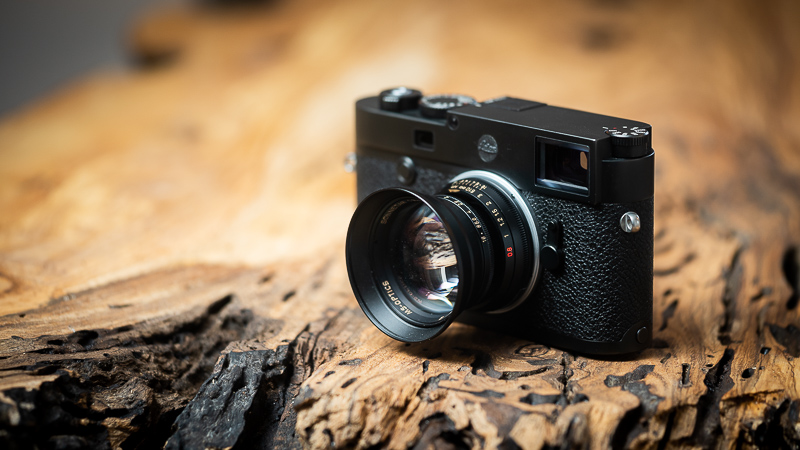
Who doesn’t like a fast, compact 50mm lens? Miyazaki surely does, as this is already his fifth – not even counting his 55mm and 57mm lenses. As I previously reviewed the famous 50mm 1.1 Sonnetar and the 50mm 1.0 ISM (which I still own and use) I kinda had to order this new 50mm 1.3 Sonnetar as well – even if it was only for reviewing it and then putting it on sale afterwards. But before that happens, let’s have a closer look what its qualities are and what quirks can be discovered this time.
This lens will be reviewed on the 42mp Sony A7rII and the 24mp Leica M10.
Sample Images

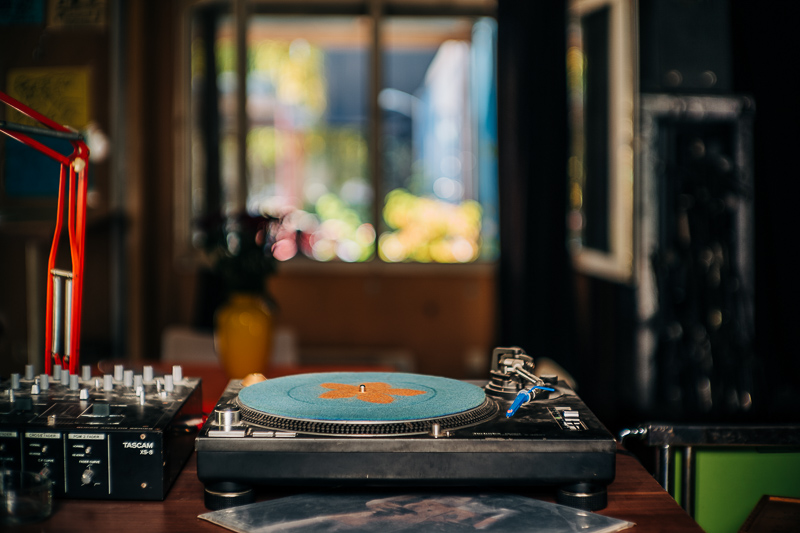

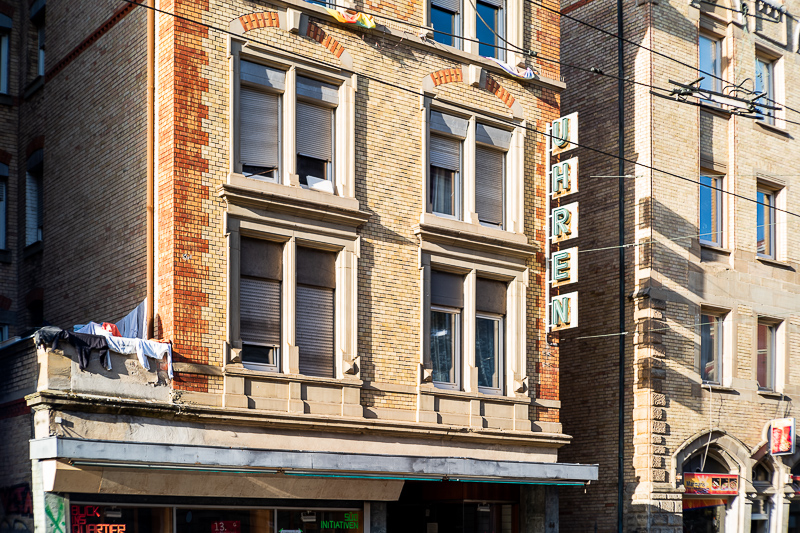
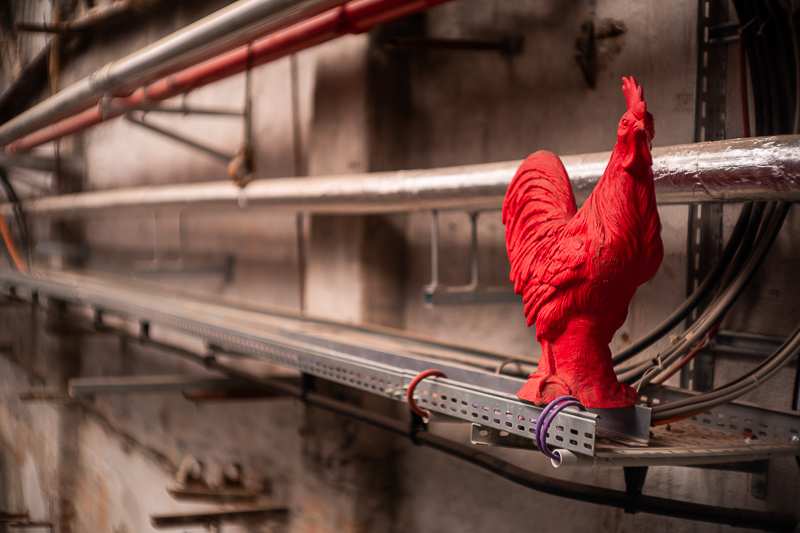
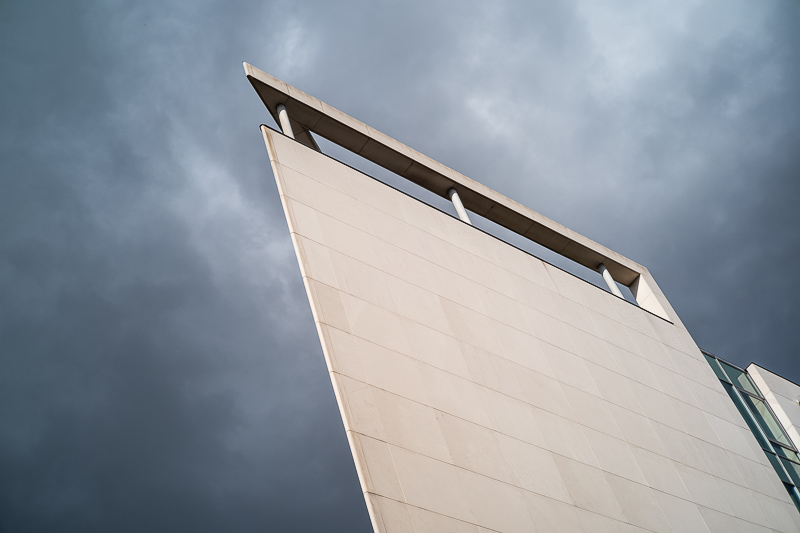
Most of the sample images in this review can be found in full resolution here.
Contents
Specifications / Version History
The very first MS-Optics lens – released in 2006 – was the MS-Mode 50mm 1.3, so this new MS-Optics 50mm 1.3 Sonnetar Slim can be seen as its spiritual successor. In the meantime there have been several 50mm lenses released by MS-Optics though, you can find all of them in my Overview of MS-Optics lenses.
The full specifications of this MS-Optics 50mm 1.3 Sonnetar Slim are:
- Diameter: 50mm
- Length: 35.5mm
- Weight: 127g (measured, without hood)
- Field of view: 47° (diagonally)
- Filter Diameter: 49mm (reversed) + 55mm (in lens hood)
- Number of Aperture Blades: 14 (rounded)
- Elements/Groups: 5/4
- Close Focusing Distance: 0.6m (measured)
- Maximum Magnification: 1:9.4
- Mount: Leica-M
You can sometimes find this lens on ebay.com (affiliate link) starting at $1200
Handling / Build Quality
If you have read any of my previous MS-Optics reviews you already know there is a lot to talk about here, but let’s start with the basics.
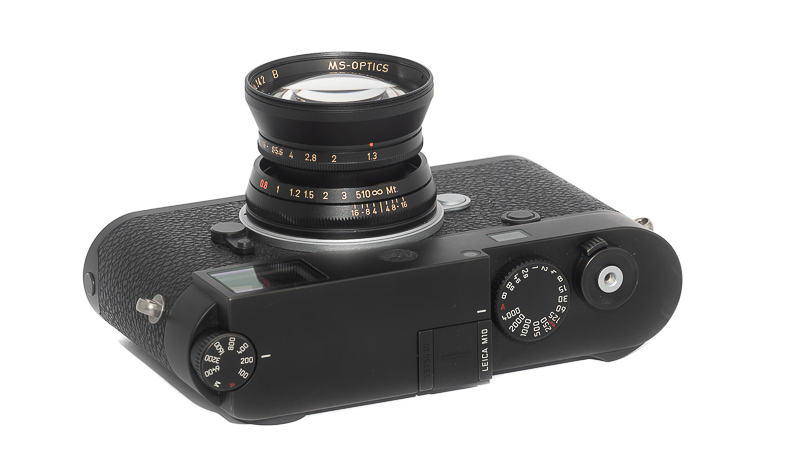
The focus ring travels ~120° from infinity to the minimum focus distance of 0.6 m. The focus ring is actually the whole front barrel (unit focus design), so aperture ring and front element also rotate when adjusting focus. Better first decide what aperture you want to shoot at, set it, and then focus.
The resistance of the focus ring as well as the aperture ring is very nice though.
The aperture ring is also clickless and turns 90° from f/1.3 to f/16. As was already the case for the MS-Optics 50mm 1.1 Sonnetar and MS-Optics 35mm 1.4 Apoqualia the aperture ring turns in the wrong direction compared to most M-mount lenses.
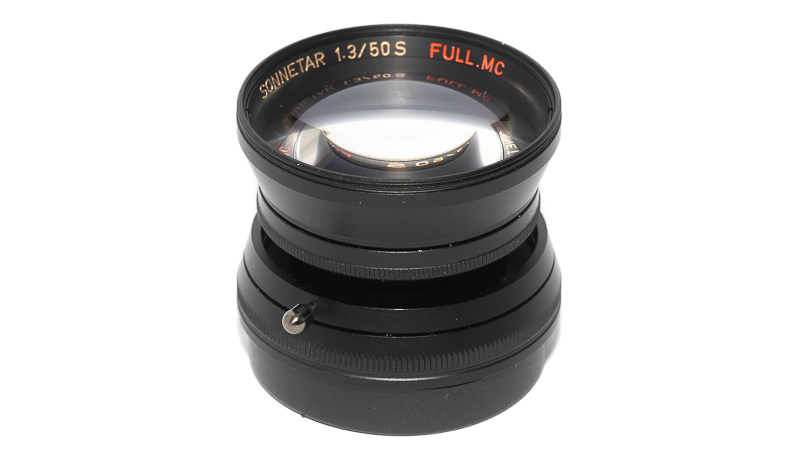
Like the original 50mm 1.1 Sonnetar (and unlike the 50mm 1.0 ISM) also this new Sonnetar features a small focus lever. For a lens this small and delicate I found it quite helpful.
Thanks to the lens being tiny there is only minimal rangefinder blockage on the Leica M10, even when using the hood. Naturally the viewfinder blockage gets worse on focusing closer, as this lens features a unit focus design.
Same as the other two Sonnetars (50mm 1.1 and 73mm 1.5) there is an adjustment ring on the back. According to the small manual supplied with this lens it can be used for calibrating the rangefinder coupling of this lens.
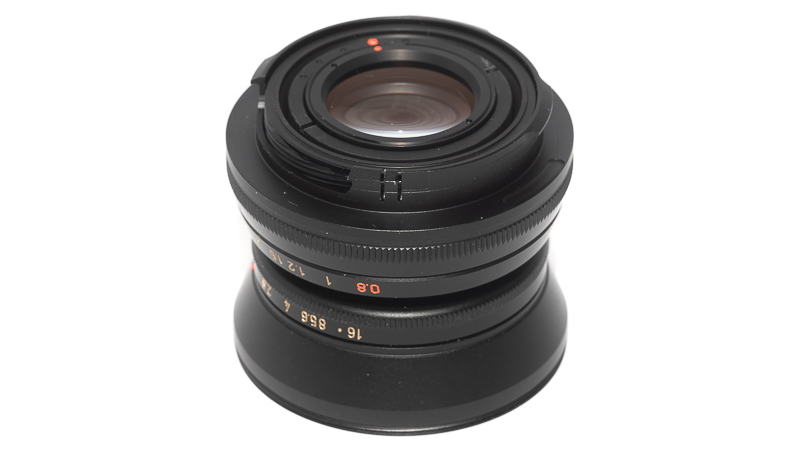
As is the case with every MS-Optics lens I have used so far (except for the 135mm 2.4 Aporis): on the Leica M10 the 6-bit-code-reader is not fully covered and therefore under bright light the camera will often think you changed the lens and throw you ouf of live view, should you be using that. I added a small piece of duct tape which solves the issue.
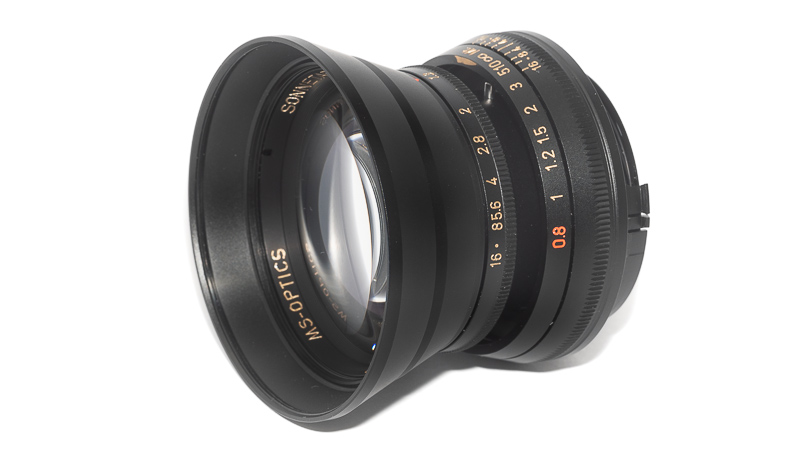
Unlike what you usually encounter the 49mm filter thread is reversed (male), so you screw on filters the other way round. For ND or UV/Protection filters this makes less of a difference, for polarizers it is a different story, as the circular ones only work in one direction. The lens comes with a round metal lens hood though, and – as is also the case for the MS-Optics 50mm 1.0 ISM – there is an additional normal 55mm filter thread to be found inside this hood.
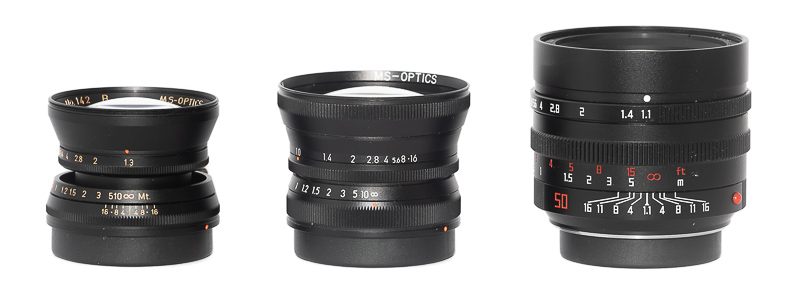
The new MS-Optics 50mm 1.3 Sonnetar Slim looks like a slightly scaled down version of the 50mm 1.0 ISM – which isn’t a bad thing, at least in my opinion. I also added the Mr. Ding 50mm 1.1 for comparison. It is much heavier than the other two and quite a bit bigger, but also offers significantly better ergonomics like click-stops on the aperture ring and a non-rotating front element.
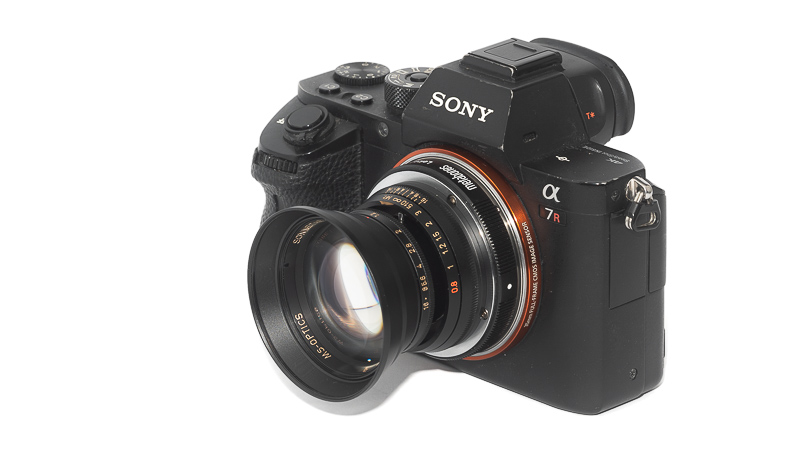
Vignetting
light falloff
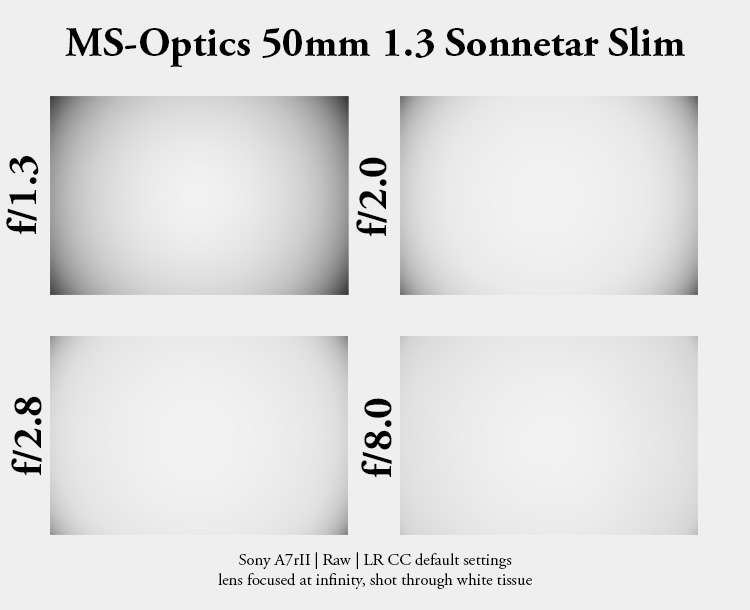
| f/1.3 | 4.2 EV |
| f/2.0 | 3.4 EV |
| f/2.8 | 2.7 EV |
| f/4.0 | 2.1 EV |
| f/5.6 | 1.8 EV |
| f/8.0 | 1.8 EV |
| f/11 | 1.6 EV |
| f/16 | 1.3 EV |
As expected the vignetting figures of this tiny yet fast lens are massive at wider apertures. At the maximum aperture the vignetting is even higher than that of the other fast 50mm MS-Optics lenses. Luckily stopping down steadily improves the situation here. If you want to see a fast 50mm lens with more reasonable vignetting values have a look at the Mr. Ding 50mm 1.1.
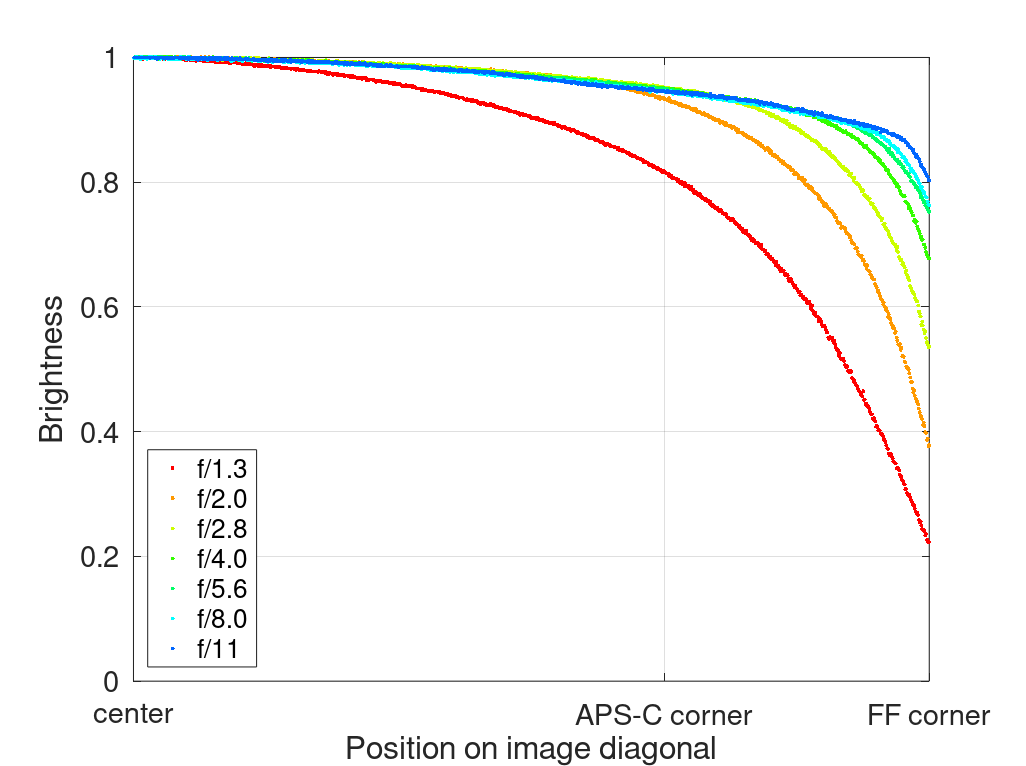
It is recommended to have a look at this article first to get an idea how this brightness graph works.
optical vignetting
Very fast yet compact lenses usually show a significant amount of optical vignetting. Without going too much into technical details optical vignetting leads to the truncation of light circles towards the borders of the frame.
In the center of the frame almost every lens will render a perfect circle, but only lenses with very low optical vignetting will keep this shape in the corners.
So in the following comparison we move from the center (left) to the extreme corner (right) and see how the shape of the light circle changes.
There are a lof of things to talk about here, let’s start with the easy ones and then work our way towards the more complicated ones.
- at f/2.0 the cirlces of all three lenses are the same size – their shape in the corners varies greatly though
- despite only being f/1.1 the Mr. Ding 50mm 1.1 shows the biggest circles which means it has the biggest entrance pupil (at least at this distance, a lens’ specifications are defined at infinity where the situation might be different)
- as already outlined in my review of the Mr. Ding 50mm 1.1 its f/1.4 stop is not in the right position, the opening is bigger here than it should be
- the opening of the MS 50mm 1.0 set to f/1.4 is bigger than that of the MS 50mm 1.3 set to f/1.4, this shouldn’t be the case, but their actual data is said to be 50mm 1.37 and 51.5mm 1.05 (putting the “f/1.3” lens at a disadvantage) and we also don’t know how accurate the f/1.4 stop on the 50mm 1.0 is
- the MS 50mm 1.0 shows strong outlining, at f/1.0 all over the frame, at f/1.4 still in the outer areas
- the polishing of the MS 50mm 1.3 seems to be a bit rough, it almost looks as if it was using an aspherical element (it isn’t)
I shot all three lenses side by side and used a test target to ensure they are all focussed at exactly the same distance (0.8m), so the results are directly comparable. The results may vary at other distances though.
Sharpness
MTF-Graphs

As this is an MS-Optics lens it comes with a small leaflet with MTF graphs and other information.
What do I expect after having seen these? Contrast and resolution are said to be decent at f/1.3 and as is usually the case for MS-Optics lenses astigmatism also looks well corrected here.
The corners look bad at wider apertures and distortion also seems to be wavy though. And looking at the f/5.6 graph I also expect some focus shift and field curvature.
Glow / Spherical Aberration

A certain amount of “glow” is often associated with Sonnar designs and also some of the (mostly earlier) Leica lenses. If we were looking for a more technical term it would be undercorrected spherical aberration.
Spherical aberration is the only classic lens aberration that has an effect on the center of the image. It will make your image appear softer and add some additional “glow” to already bright parts of the image. It is also an effect similar to what you get when using a diffusion filter.
Miyazaki’s Sonnetar name is obviously an homage to Zeiss’ Sonnar, so we shouldn’t be surprised to see this effect here as well. Compared to the other fast MS-Optics lenses (esp. 35mm 1.3 II Slim, 50mm 1.1 Sonnetar and ISM 50mm 1.0) this effect is less pronounced here though, which is why I consider this lens to be more useful at its maximum aperture than the others.
You can find a few image sets shot at f/1.3 and f/2.0 (where most of the glow/spherical aberration is gone) so you can compare the rendering.
Focus shift
50% crops, A7rII
The name “Sonnetar” is an homage to Zeiss’ Sonnar lenses and these are reknown for their notorious focus shift. While the MS-Optics 50mm 1.1 Sonnetar did have some issues with this, here the focus shift is small and I don’t think it will be relevant in the field.
infinity (42mp Sony A7rII/24mp Leica M10)
The MS-Optics lenses 50mm 1.0 ISM as well as 50mm 1.1 Sonnetar did not fare well in this category, so to be honest with you I was hoping for at least a slight improvement here.
How does this new 50mm 1.3 Sonnetar compare? In the center of the frame all three look very similar to me, there is hardly anything to talk about here. The midframe does clear up faster than on the other two, this is certainly a small improvement.
The thing with the corners is, this lens shows a strong field curvature, so when the center of the frame is in focus the corners are not. I added a small comparsion to the Coma section to show this.
Now where does this leave us? This is not the TTArtisan 50mm 1.4 or Mr. Ding 50mm 1.1, where stopped down to f/4.0 or f/5.6 you get great across frame performance. Compared to the other two aforementioned MS-Optics 50s this is the best of the bunch though. Why? While it isn’t my first choice for stopped down architecture/landscape shooting at least it can be used for it – with some compromises.
Usually I don’t close the aperture down further than f/11 to avoid a loss of sharpness due to diffraction, here I take the better corner performance over that small diffraction impact, so you find some architecture and landscape samples taken at f/16 this time.
There is hardly a relevant difference in performance between using this lens on the Leica M10 with its thin sensor stack or the Sony with its thicker one.
portrait 1.4 m (24mp Sony A7III/Leica M10)
For portraiture it isn’t so important how flat the field is, it is more interesting to see what the sharpness is like when focused at different parts of the frame to take field curvature out of the equation.
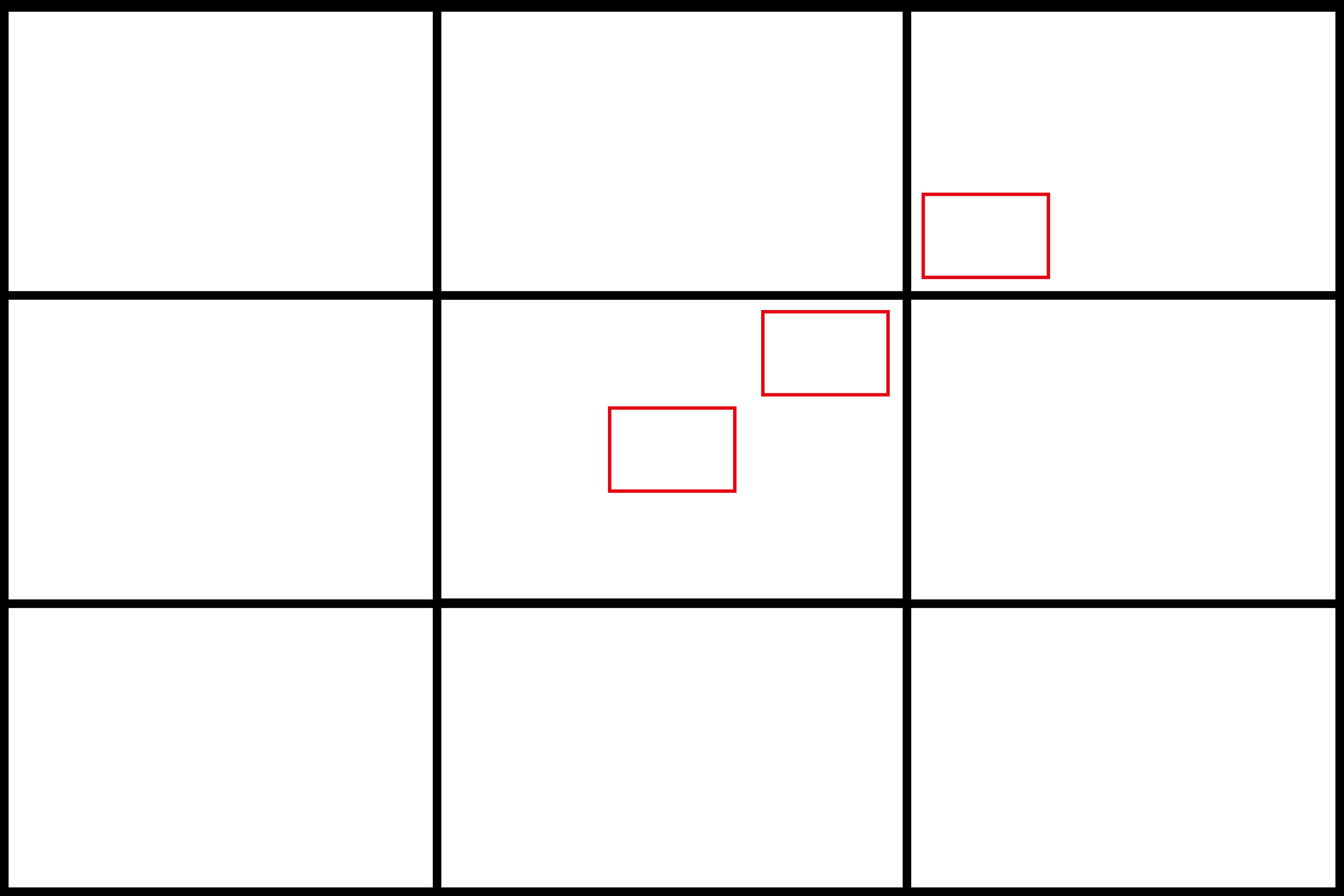
We will be looking at 100% crops from the 24mp Sony A7III and the Leica M10. Both cameras do not have an anti aliasing filter in front of the sensor.
Sony A7III <—> Leica M10
Most of the MS-Optics lenses I had a look at so far were well corrected for Astigmatism at the maximum aperture and this is also the case here. Personally I find it much easier to focus lenses with well corrected Astigmatism (in Liveview that is, the Rangefinder obviously doesn’t care about that).
There is certainly reduced contrast at f/1.3, so I often preferred the look at f/2.0, especially with the main subject located off center.
close 0.60 m (1:9.4, 42mp A7rII)
100% crops from center, A7rII, because of focus shift (see corresponding section) I refocused for every shot.
Compared to the 50mm 1.1 Sonnetar and 50mm 1.0 ISM this 50mm 1.3 Sonnetar focuses the closest and surprisingly its performance is also the best of the three.
When set to f/1.3 the 50mm 1.3 equals the performance of the other two when stopped down to f/2.0 to f/2.8.
Flare resistance
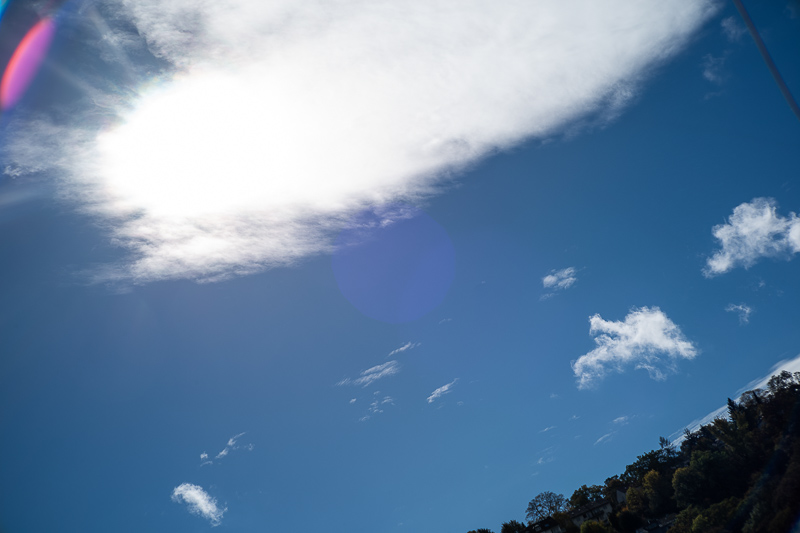
As always evaluating flare is a complex matter since you can get any lens to look bad if you push it hard enough and a slight change of scenario can affect results a lot.
I was using the supplied hood for all the pictures in this review.
Sun outside frame
With the sun outside the frame huge (sometimes frame filling) artefacts can be created. Stopping the lens down improves the situation drastically, but I often found that shading the lens with my hand is even more effective to get rid of these artefacts.
Sun inside frame
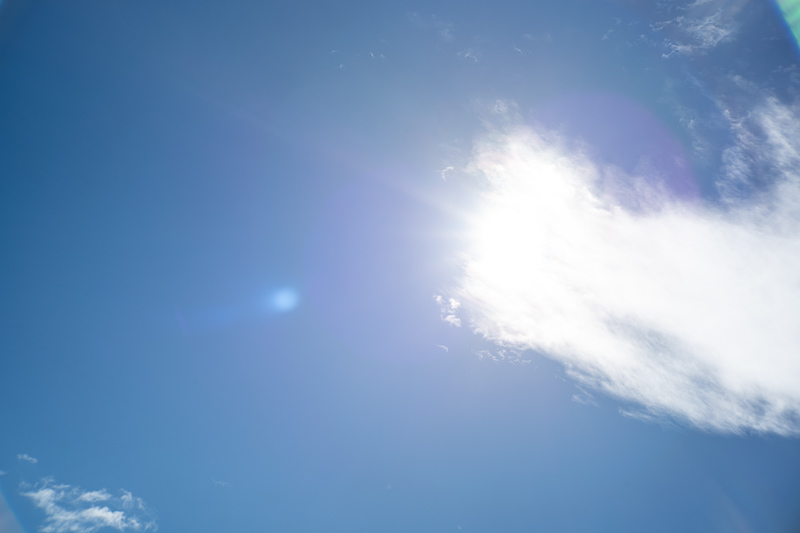
With the sun inside the frame you can also encounter small ghosts and sometimes a loss of contrast. There are some more samples to be found in the Sunstars category.

At night most point light sources will create rather annoying crescents. This is mainly a problem at the maximum aperture though and I didn’t encouter this with the lens stopped down to f/2.0 or further:
This will also occur with the sun inside the frame during day hours:
So while the performance is bad (sometimes very bad) at the maximum aperture, it is really not bad stopped down, probably thanks to good coatings and the low element count.
When using a camera with live view it is also worth it to check the screen for artefacts before taking the shot and trying to shade the lens, more often than not this had a very positive effect.
Coma
Already in the sharpness section we have seen that the corner performance isn’t great – so I don’t expect good Coma correction – and indeed points of light take on very obscure shapes towards the corners.
But what is also apparent here is the high field curvature. For the extreme corners to look best you have to focus way closer, but this will lead to a much bigger central part of the frame being defocused.
The MS-Optics 50mm 1.1 Sonnetar and 50mm 1.0 ISM performed badly in this category and this new lens does not change the trend.
100% crops from extreme corner, focused at hard infinity stop, M10
This is what it still looks like stopped down a bit in the field:
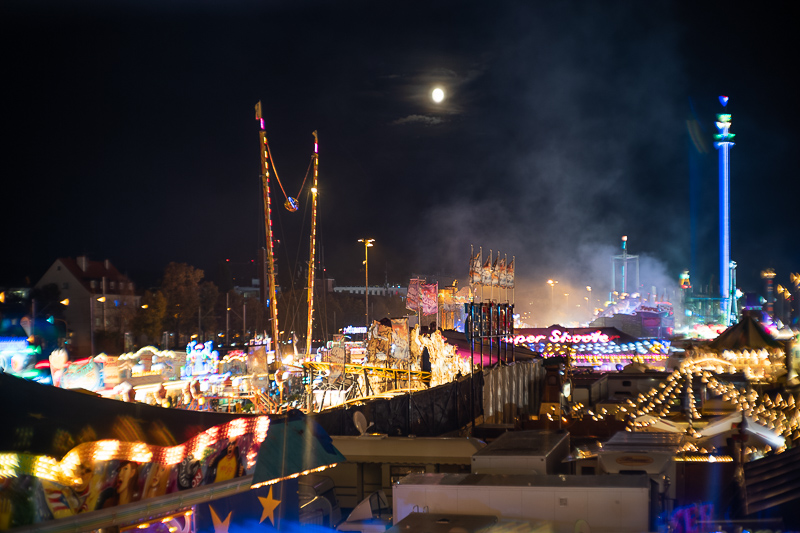
Distortion
The distortion pattern of the MS-Optics 50mm 1.3 Sonnetar is very interesting. Over most parts of the frame there is no distortion at all, but towards the corners it is very noticeable. A lens specific profile is needed to fully and properly correct this.
I used the MS-Optics 50mm 1.3 Sonnetar as an example for my article How to: Creating lens correction profiles for Lightroom/Photoshop, so you can download a distortion correction profile for this lens here.
(In Lightroom go to “Edit” -> “Preferences” -> “Presets” -> “Show Lightroom Develop Presets” then go to “LensProfiles” create a subfolder named “1.0” and place the unzipped correction profile in that folder, restart Lightroom and it will show up under “Leica” and works for Raw files only)
Bokeh

Sonnar lenses are known for a bit funky bokeh at the maximum aperture, but also for a rather nice rendering stopped down a stop or two. Looking at all the fast MS-Optics lenses I have reviewed so far it was often the case that they looked a bit too funky and/or soft at the maximum aperture to me personally, but closed down by one stop they yielded significantly more likable results. Will this be the case here as well? Let’s find out.
Close distance



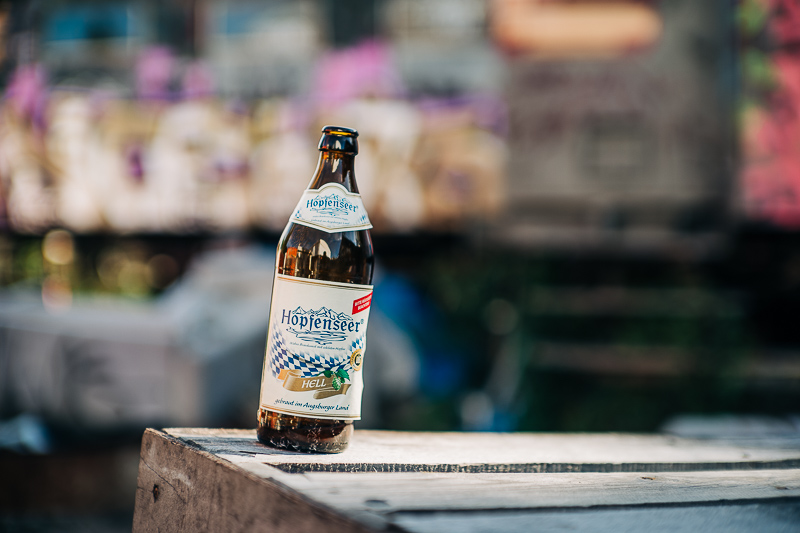
Already at close distances we see something rather typical for Sonnar lenses: non-circular and partly cut off defocused light points. In some pictures this even looks like what we get with the electronic first curtain shutter activated on Sony cameras. Distracting double edged structures are not really an issue at these distances though.
As already pointed out in the Sharpness section stopped down to f/2.0 contrast and resolution are surprisingly good at close distances, this adds to the perceived subject separation.
Mid distance




At medium focus distances – and with complex backgrounds – things get a bit messy at f/1.3. Here backgrounds appear busy and distracting to me, but things improve significantly on stopping down to f/2.0.
Long distance


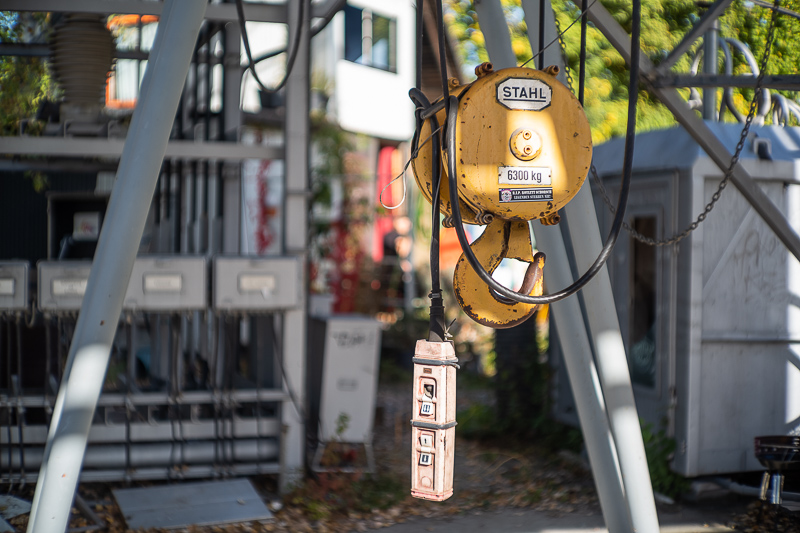

When optical vignetting and field curvature overlap in an undesirable way the corners may look like they are in focus at longer distances, even when the center is very much out of focus. This was an issue I had with the MS-Optics 50mm 1.1 Sonnetar and even more so the 35mm 1.3 Apoqualia II, whereas the 50mm 1.0 ISM did a really good job at it (see next section).
But what about this 50mm 1.3 Sonnetar? From the Coma section we already know this unfavourable field curvature is present here as well. When looking at the top right corner in the picture of the yellow crane hook we also see how the bokeh deteoriates towards the corners and also borders.
But we also need to put things into perspective: this will not be visible in every picture and this effect is not as pronounced here as it is with several other lenses like the MS-Optics 50mm 1.1 Sonnetar, Laowa 45mm 0.95 Argus, Brightin Star 50mm 0.95 and most of the 50mm Leica Noctilux lenses.
Compared to: MS-Optics 50mm 1.0 ISM
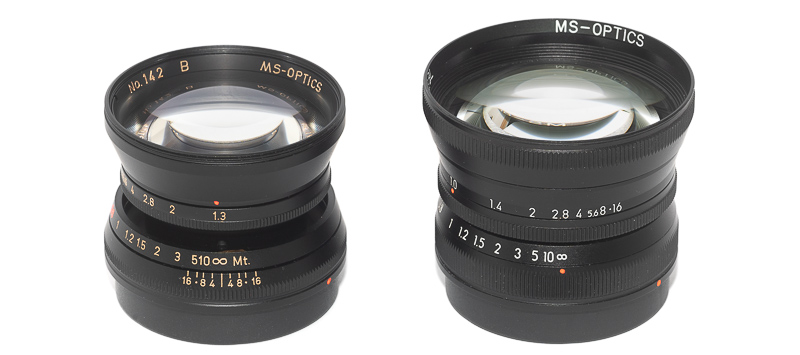
Rendering of point light sources
Scene 1: Portrait Distance
Scene 2: Foliage
Scene 3: Field Curvature
Observations
In terms of sharpness and contrast the 50mm 1.0 ISM set to f/1.0 is clearly the worst in every scene – this is why I usually avoid that setting and use that lens at f/1.4. Now comparing the ISM at f/1.4 to the new Sonnetar at f/1.3 the latter comes close, but in the end is not as contrasty – which shouldn’t be a surprise actually. This high contrast is what I like about the ISM pictures though, as it adds a lot to the subject separation and impression of depth.
In terms of bokeh the situation is very complex. In some scenes I prefer the Sonnetar, as it has a lower tendency to show double edged structures and also shows less outlining, but in other scenes I find its “cut off” light points and their triangle shape towards the corners very distracting. In terms of field curvature the ISM is also the one the gives more pleasant rendering at longer focus distances.
Sunstars
The MS-Optics 50mm 1.3 Sonnetar is using 14 rounded aperture blades and – as was already the case with the 35mm 1.3 – we get surprisingly nice sunstars stopped down to f/11 to f/16.
If you want to learn more about this topic have a look at this article.
Chromatic aberration
lateral
100% crops from border, M10
Lateral CA are on the medium to strong side but the correction in Lightroom is still doing a good job. It looks like they are not fully corrected here, but we actually see an overlap with other aberrations (mainly longitudinal CA in the form of purple fringing).
longitudinal
At the maxmium aperture of f/1.3 the higher amount of spherical aberration masks the longitudinal CA a bit, so instead we will have a look at a sample taken at f/2.0 here.
Leica M10 | MS-Optics 50mm 1.3 Sonentar | f/2.0
The performance in terms of bokeh fringing is actually pretty good, there is only very slight magenta in front of and cyan outlining behind the focal plane.
Purple fringing in high contrast scenes is a whole different story though. This is not corrected very well at wider apertures and easily visible even in lower resolution images:

Alternatives
I will only cover the really obvious alternatives for M-mount in detail here, but if you ended up here by accident and you are looking for an AF lens may have a look at our Guide to 50mm lenses for Sony E-mount.
MS-Optics 50mm 1.0 ISM and MS-Optics 50mm 1.1 Sonnetar:
In many of the above sections I already talked about the differences between these three lenses. I think the new 50mm 1.3 Sonnetar is the best “allround” lens among them, but there are major differences when it comes to bokeh and rendering and here it is for you to decide what you prefer.
Mr. Ding 50mm 1.1:
If you are looking for a very fast yet compact 50mm lens with super smooth bokeh and less quirky handling this one is a really great option. If you are a Sony user it also pairs really well with the Techart LM-EA9 autofocus adapter.
buy from official Mr. Ding Studio shop or ebay.com (affiliate links) for $399
TTArtisan 50mm 1.4:
The TTArtisan 50mm 1.4 was also a big surprise to me. The optical performance is very good thanks to a complex optical design with aspherical surfaces, but this also made it a significantly bigger and heavier lens. If you are not that weight conscious this TTArtisan lens is clearly worth a closer look though.
buy from the manufacturer’s shop | amazon.com | amazon.de | B&H | ebay.com | ebay.de for about $369 (affiliate links)
Voigtländer VM 50mm 1.5 Heliar Classic:
The Heliar Classic actually follows a similar design approach and also has a lot of glow and reduced sharpness at wider apertures. The bokeh is even more structured (read: busy) in most cases, judging by samples pictures from the Heliar Classic I have seen. Compared to the Sonnetar it is double the weight but also features better handling thanks to the typical VM casing design (non-rotating front element, equidistant click stops).
buy from amazon.de | B&H | ebay.com | ebay.de for $799 (affiliate links)
Zeiss 50mm 1.5 C-Sonnar:
Zeiss’ interpretation of a modern Sonnar lens. You get the great build quality, handling and coatings of the ZM series while still retaining that vintage rendering. This lens is a bit funky at f/1.5 and more tame at f/2.0, too. While small and lightweight by itself it is still double the weight of this MS-Optics lens. Unfortunately its minimum focus distance is only 0.9m, this always made it less interesting to me personally.
buy from amazon.com | amazon.de | B&H | ebay.com | ebay.de for about $1361 (affiliate links)
TTArtisan 50mm 0.95 M:
Probably the currently most sold f/0.95 M-mount lens. Significantly bigger and heavier and the corners at infinity also never look great. Very different bokeh rendering, similarly worse flare resistance.
buy from amazon.com/amazon.de, B&H or ebay.com/ebay.de for about $755/860€ (affiliate links)
Zhong Yi 50mm 0.95 M:
In terms of look of the pictures I prefer it over the aforementioned TTArtisan lens, but it also comes with quite a few compromieses, especially flare resistance and off center sharpness at wider apertures. It is also significantly bigger and heavier. The 1.0 m minimum focus distance was the real dealbreaker for me.
buy from amazon.com or B&H for $799 (affiliate links)
Leica Noctilux-M 50mm 0.95:
I have never used this lens personally, mainly due to it being roughly 12 grand. I expect higher sharpness, better build quality and better flare resistance. But in terms of bokeh I am definitely not a fan of this one.
buy from amazon.com | amazon.de | B&H | ebay.com | ebay.de for $12.500 (affiliate links)
Conclusion
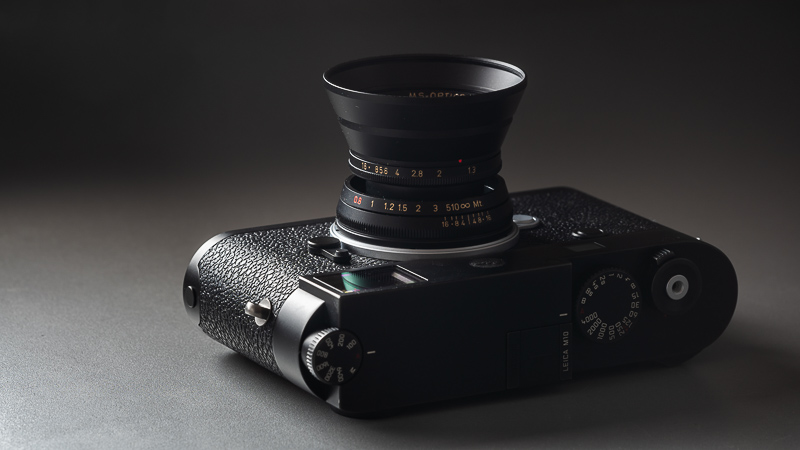
If you have read one of my previous reviews of an MS-Optics lens you already know what these lenses are about: tiny size, vintage casing and interesting rendering. If none of these aspects appeal to you I think there is not much left for you to see here. Compared to most of the other fast MS-Optics lenses this one is doing better at its maximum aperture in terms of sharpness and contrast though, but with point light sources around I still often chose f/2.0 to get rid of the strange flare artefacts.
Now if you were always curious about these MS-Optics lenses – but weren’t really sure which one to buy – this 50mm 1.3 Sonnetar Slim is not a bad entry into the world of Miyazaki lenses. It has all those qualities mentioned above, but none of the really outstanding flaws of some of the others (black corners stopped down, really bad field curvature, strange spherical aberration artefacts) and it also isn’t as expensive as the 50mm 1.0 ISM or a used 50mm 1.1 Sonnetar.
You can sometimes find this lens on ebay.com (affiliate link) starting at $1200
Sample Images
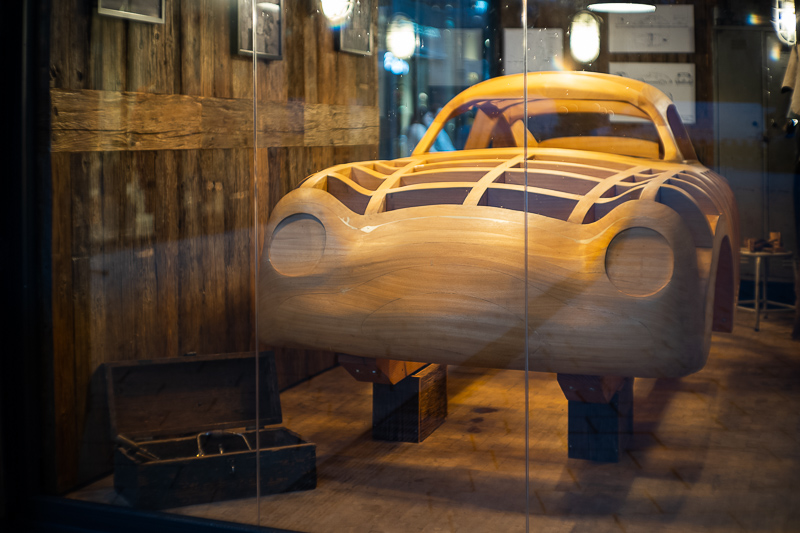
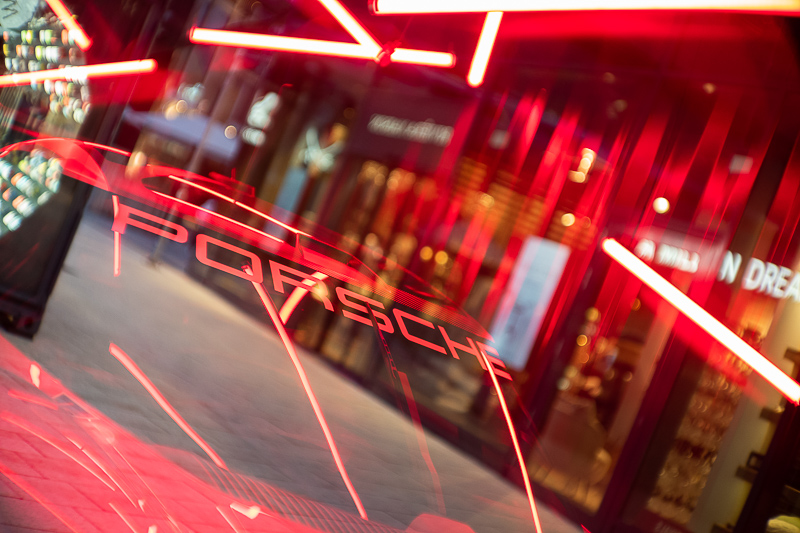



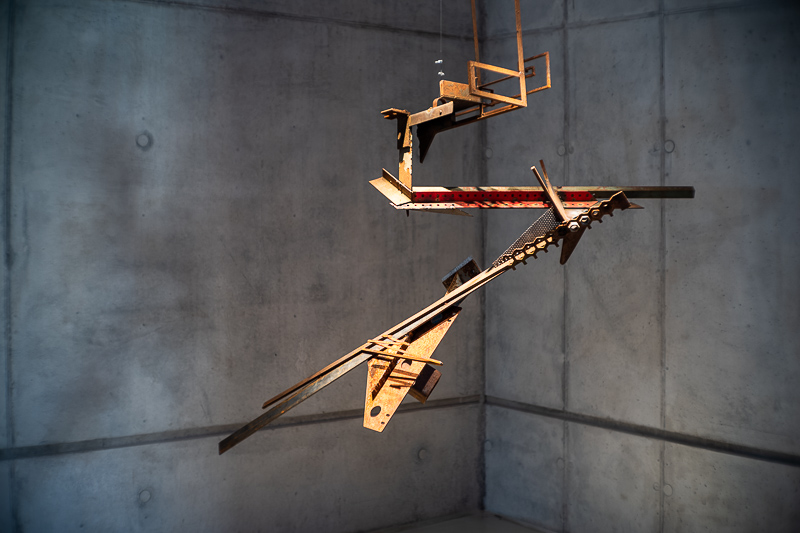


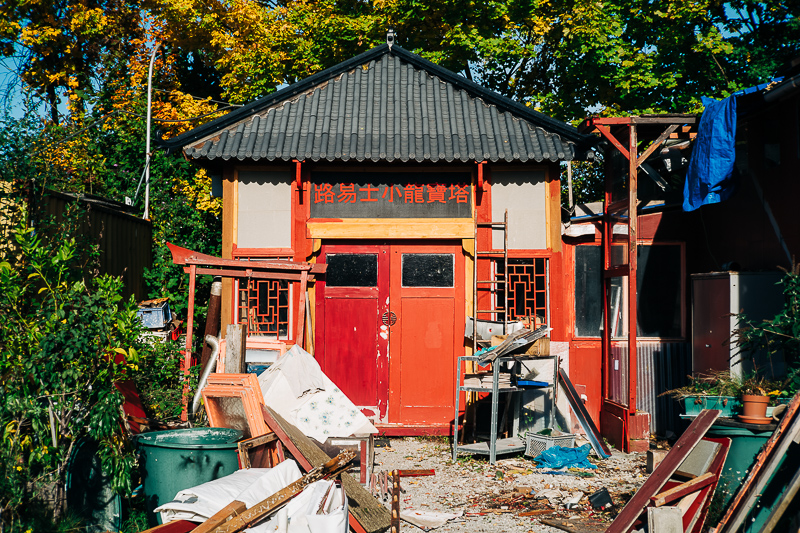
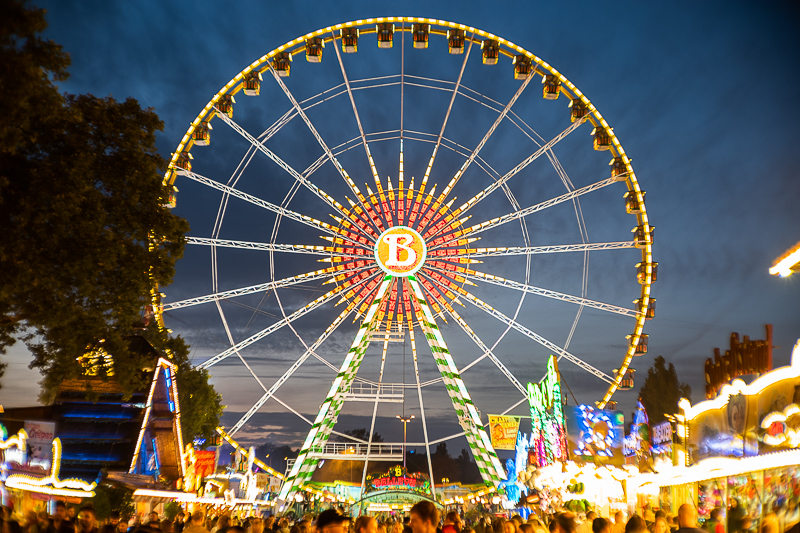
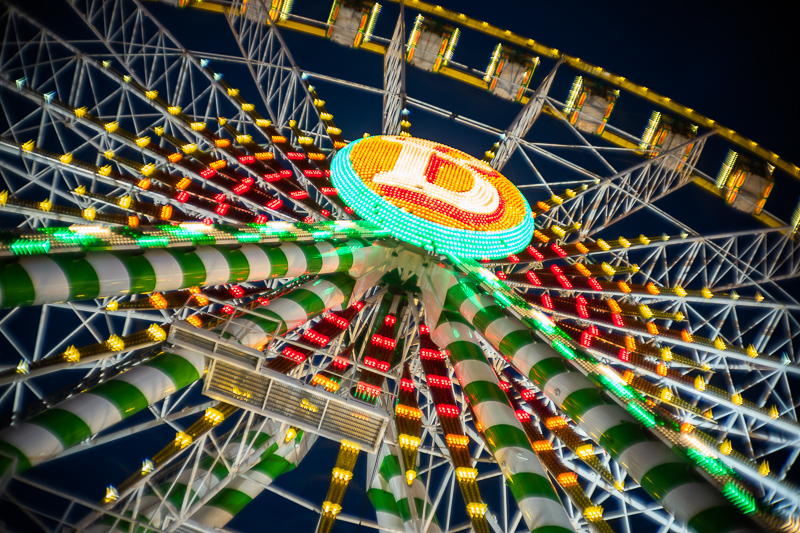
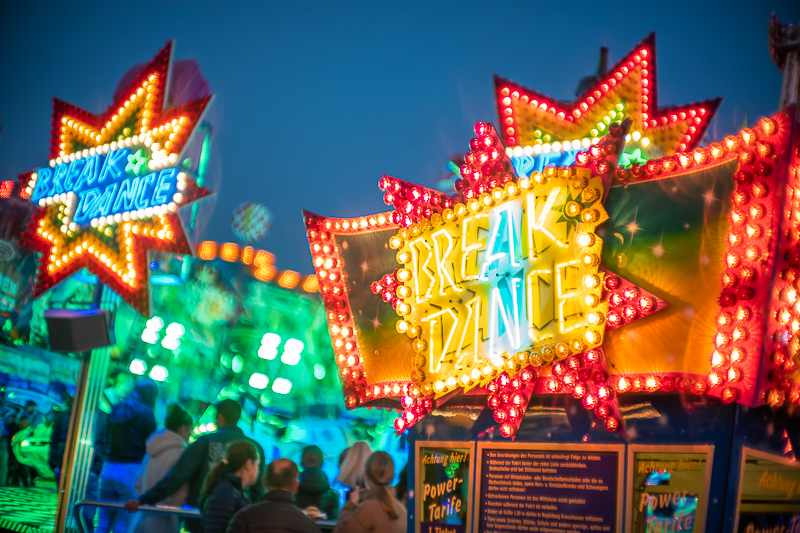
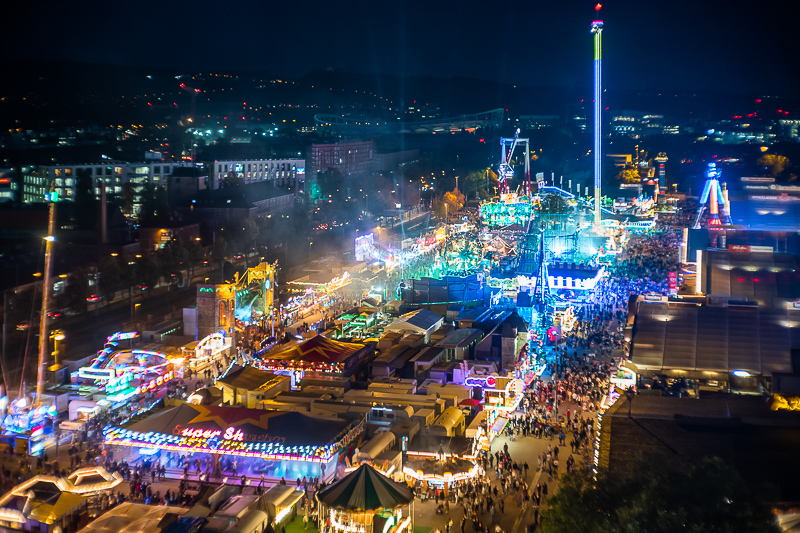

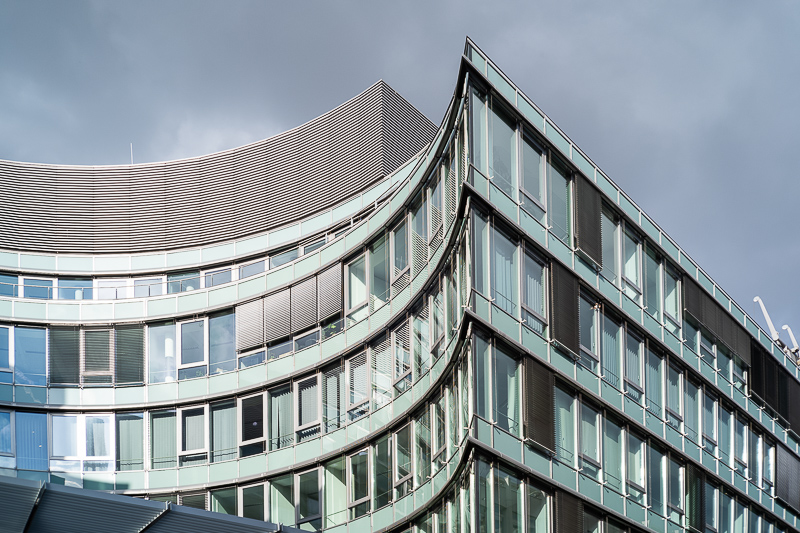
Most of the sample images in this review can be found in full resolution here.
Further Reading
- Overview: MS-Optics Lenses
- Analogue Adventures Landing Page
- Review: Laowa 35mm 0.95 – The world’ fastest 35mm lens
- Lens Aberrations explained
Support Us
Did you find this article useful or just liked reading it? Treat us to a coffee!
![]()
![]()
![]() via Paypal
via Paypal
This site contains affiliate links. If you make a purchase using any of the links marked as affiliate links, I may receive a small commission at no additional cost to you. This helps support the creation of future content.
Latest posts by BastianK (see all)
- 2025 – Year in Review - December 23, 2025
- Review: Sony FE 70-200mm 4.0 G Macro OSS II - December 20, 2025
- Review: Viltrox AF 35mm 1.2 FE LAB - December 17, 2025

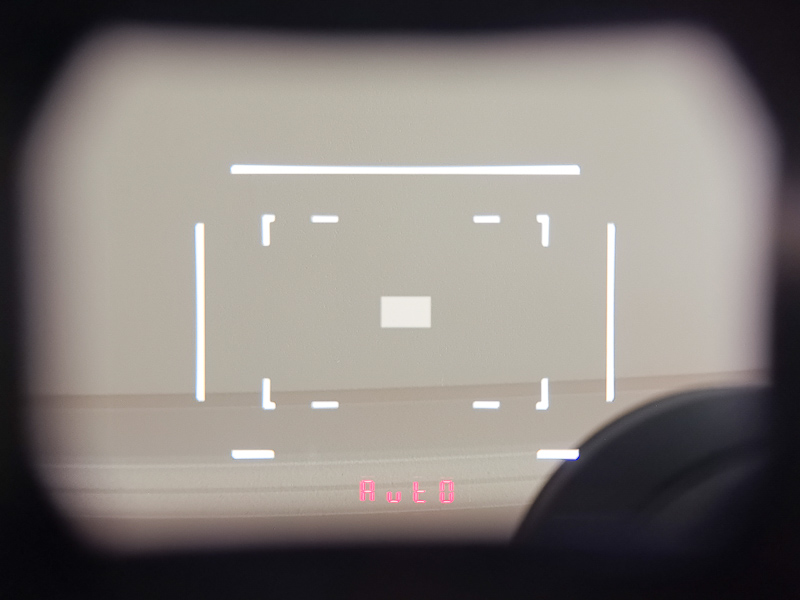
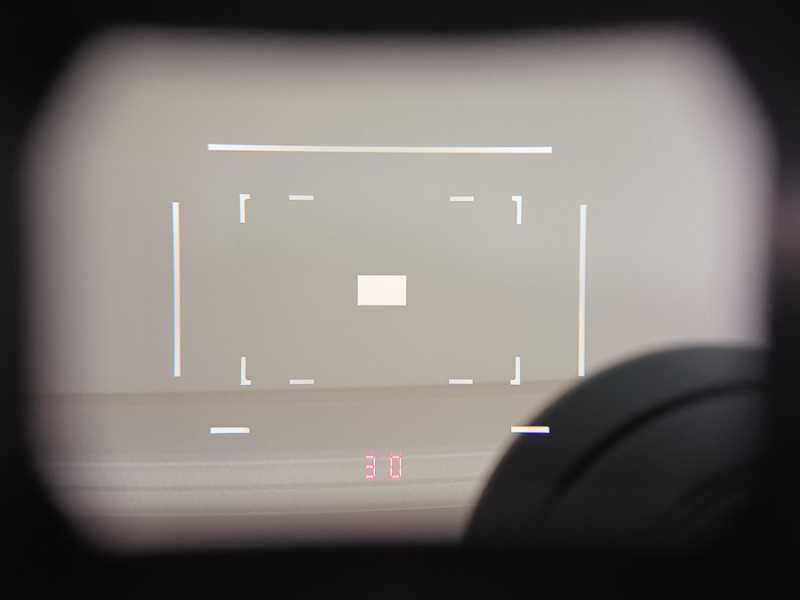
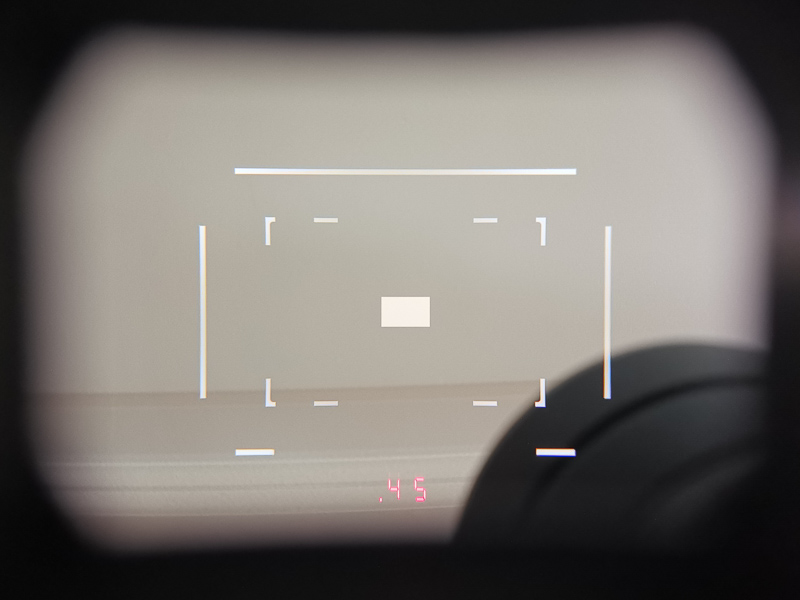










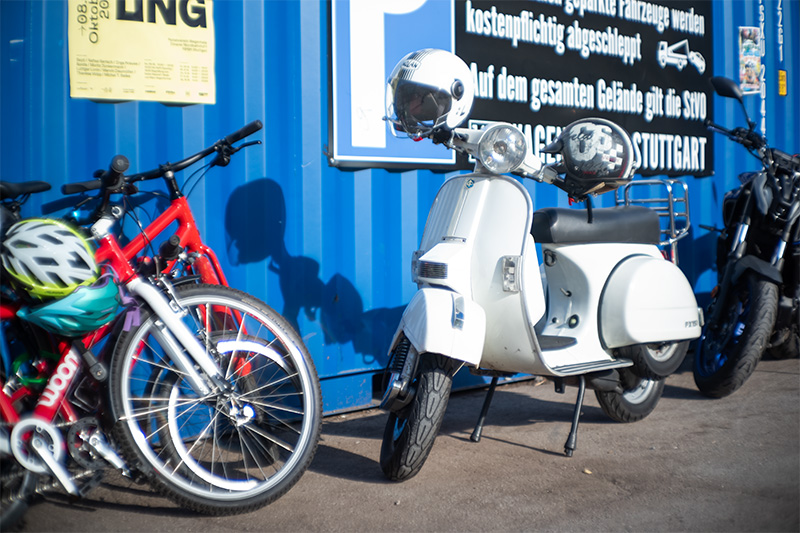

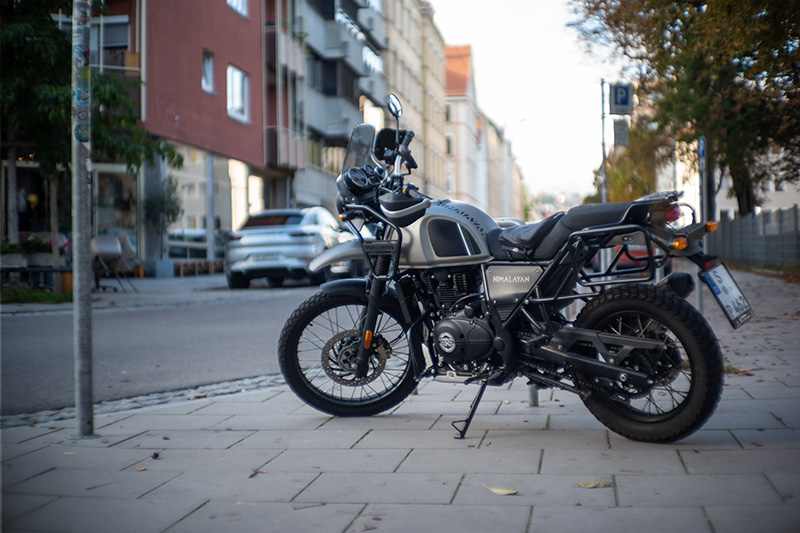
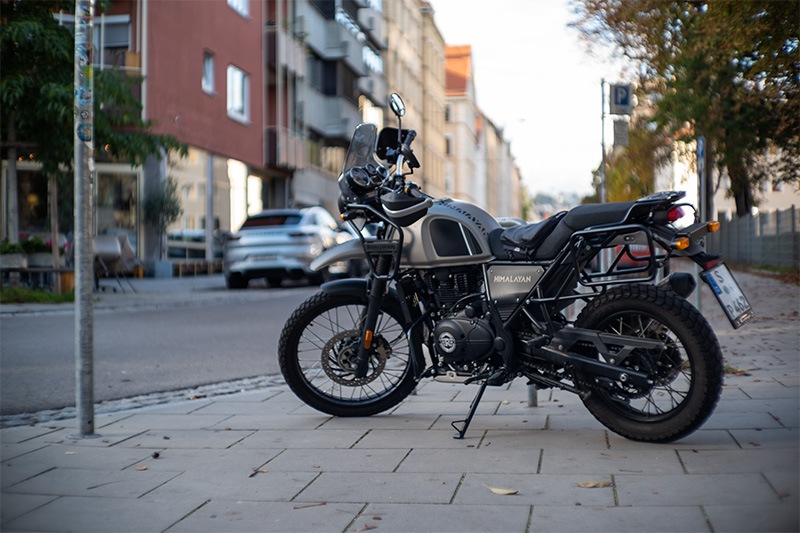
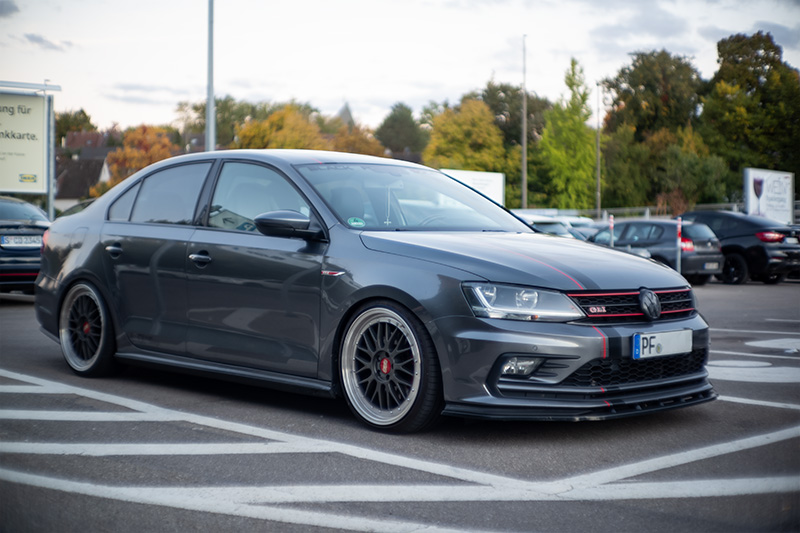
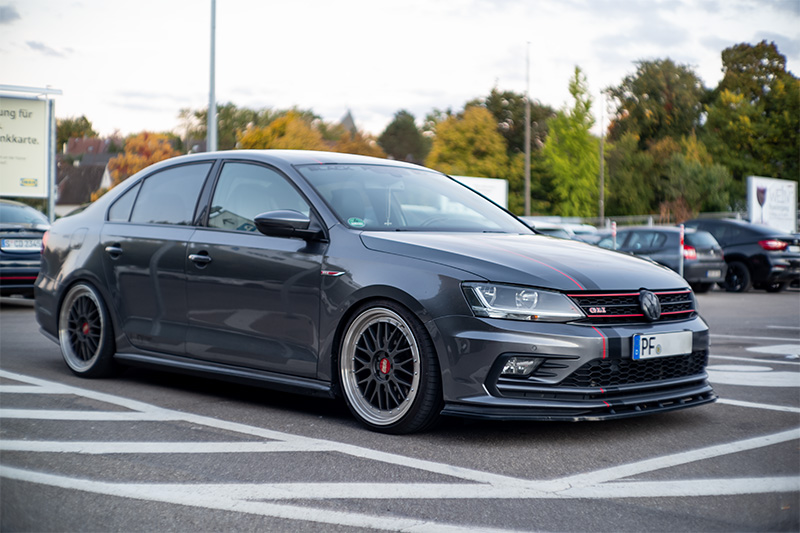


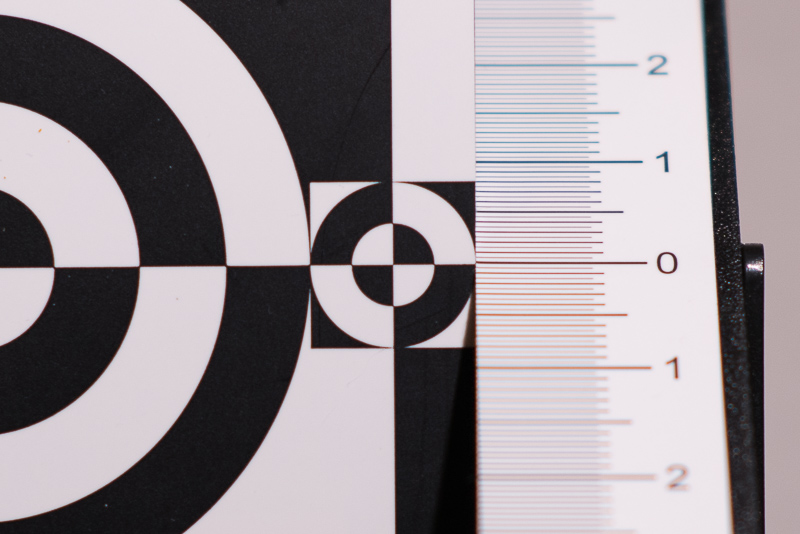
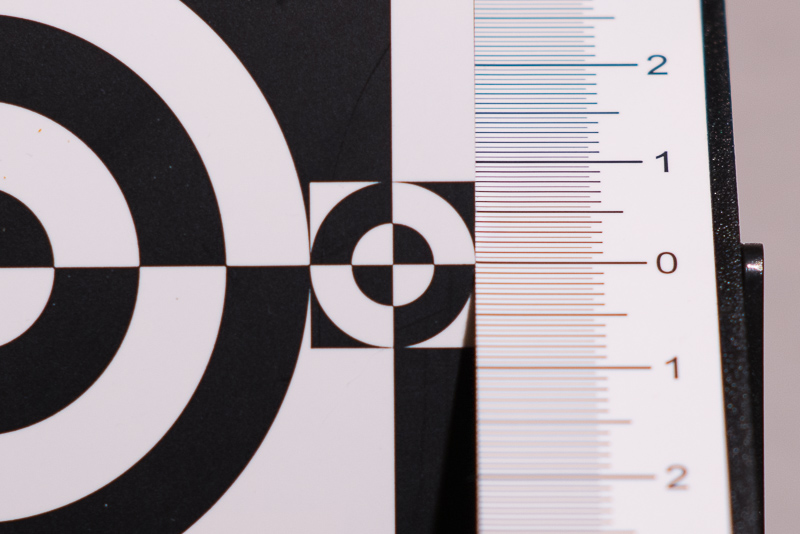


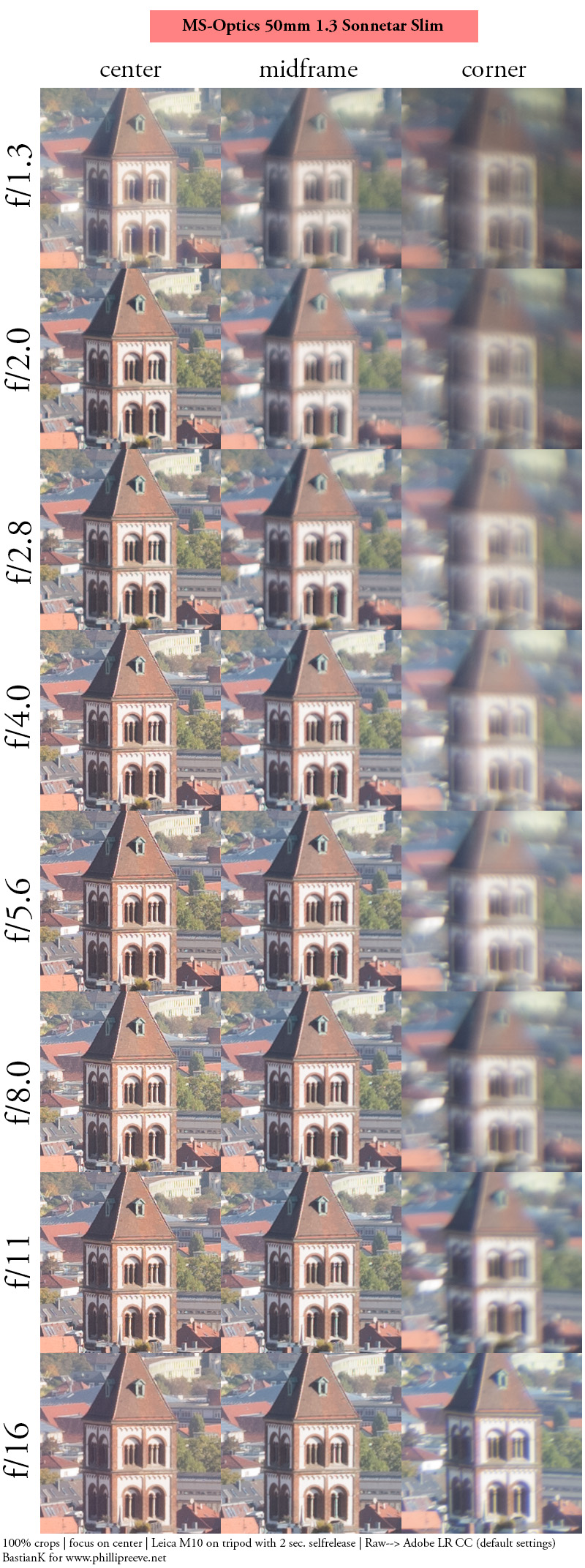
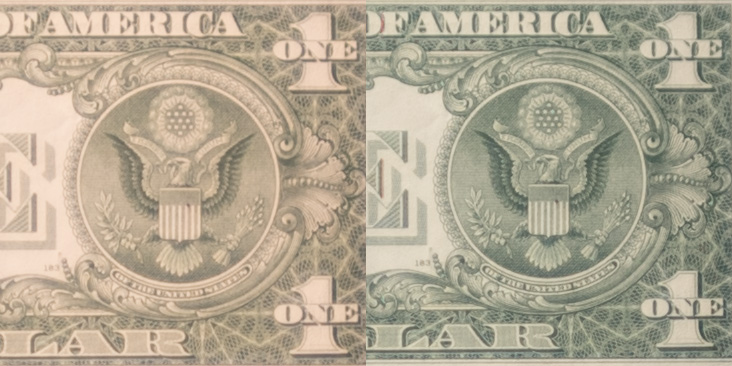
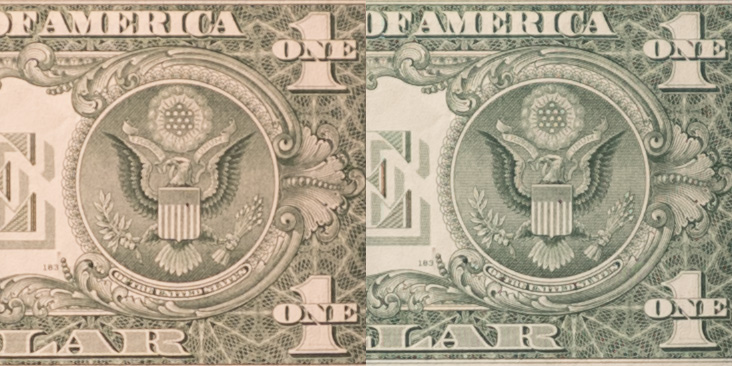
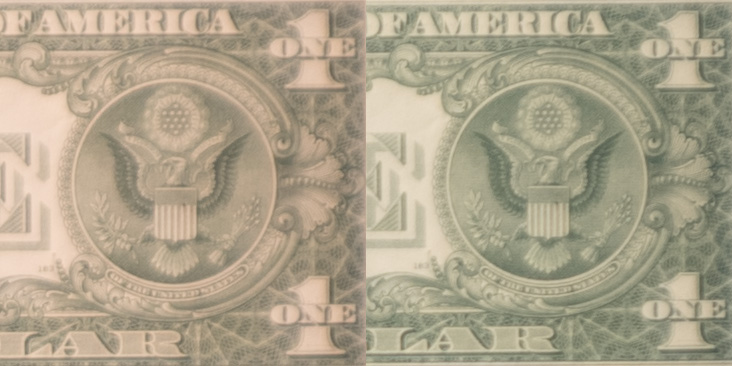
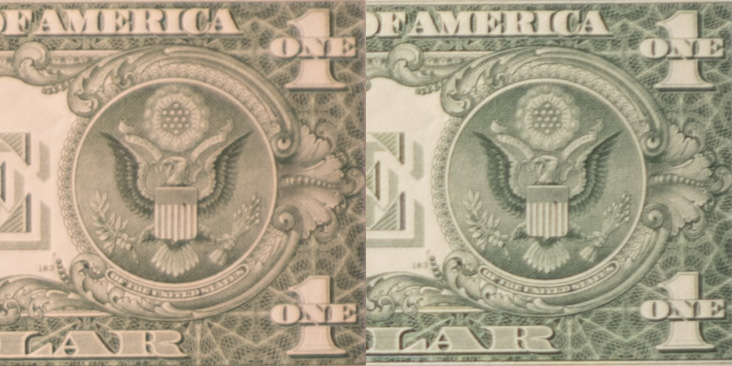
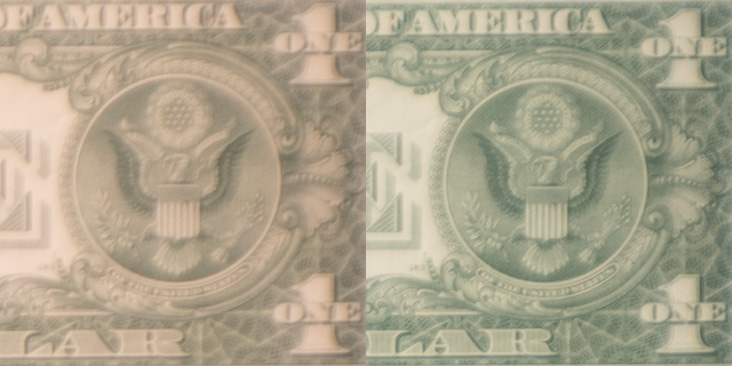
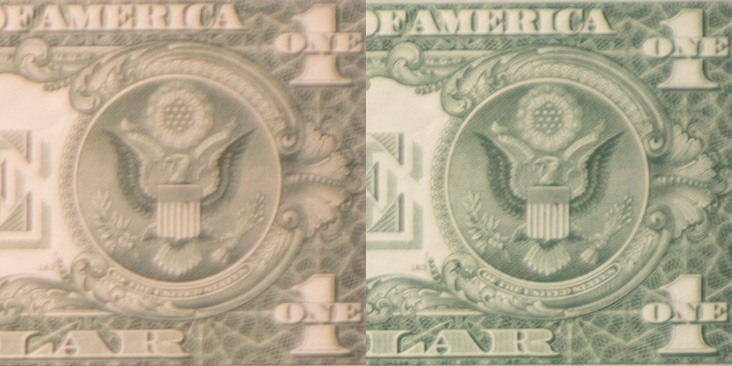



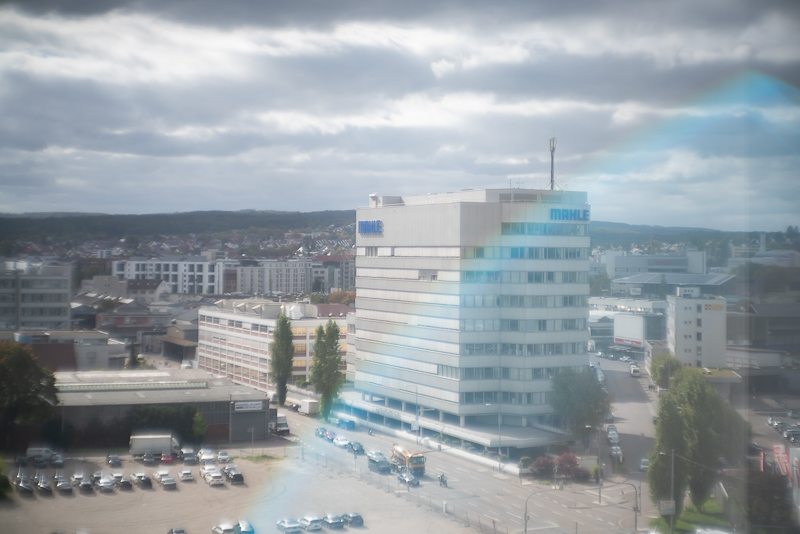

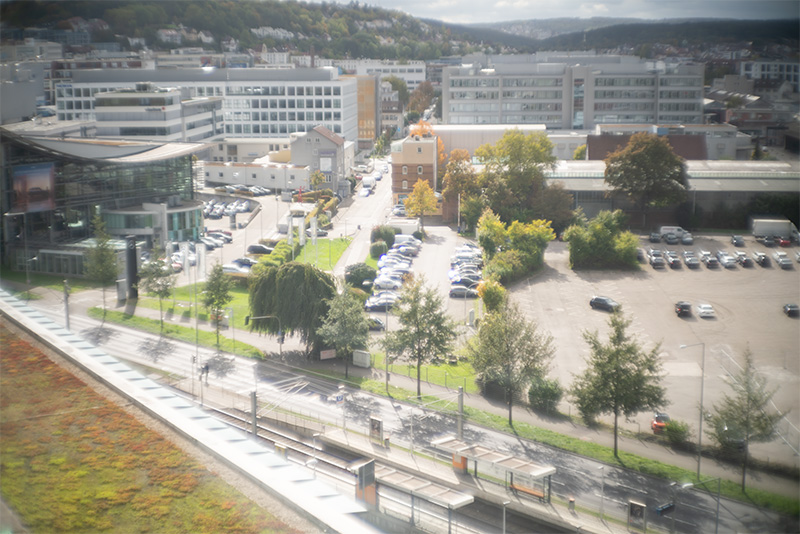
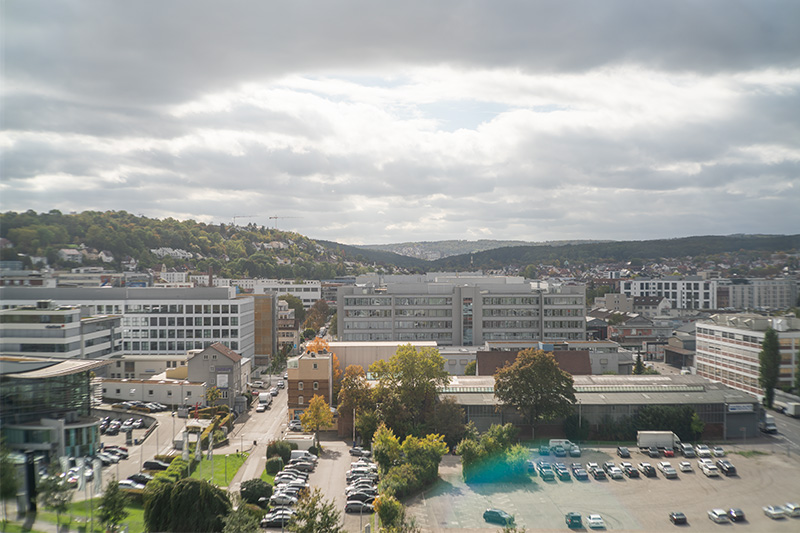

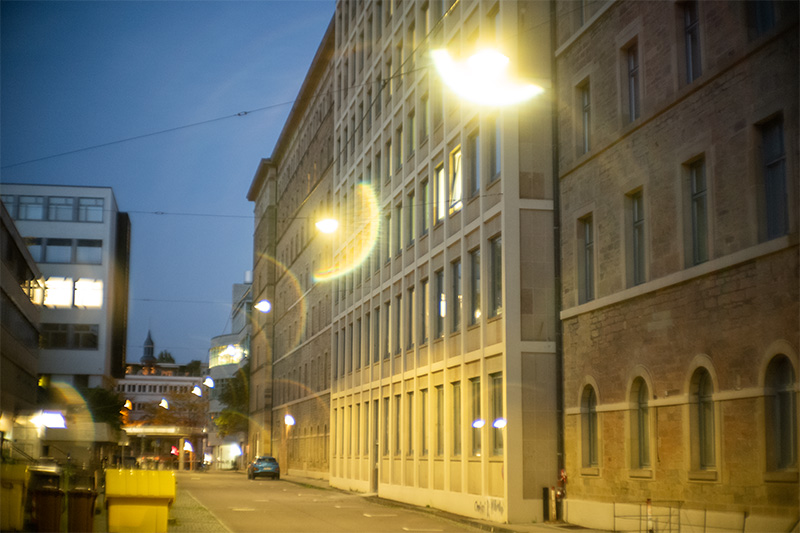
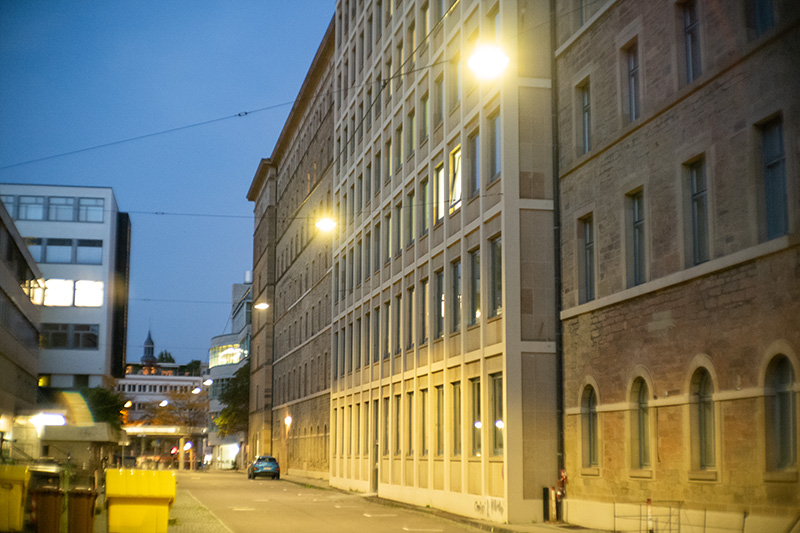
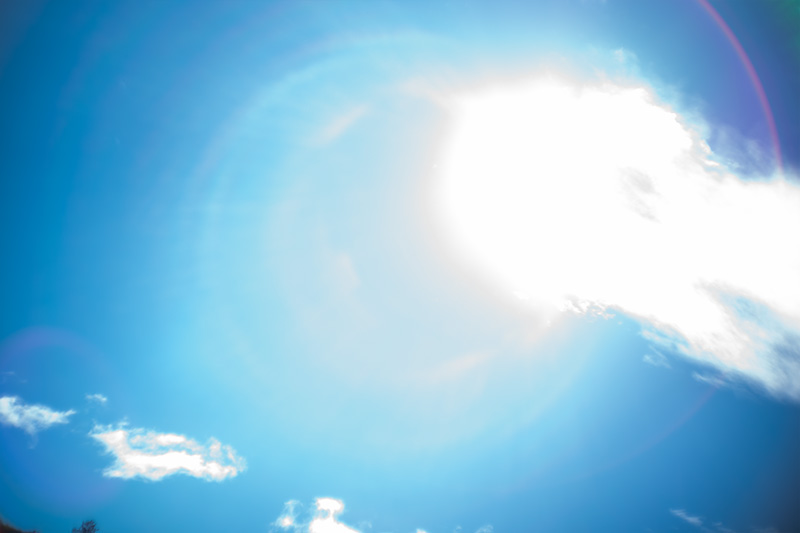
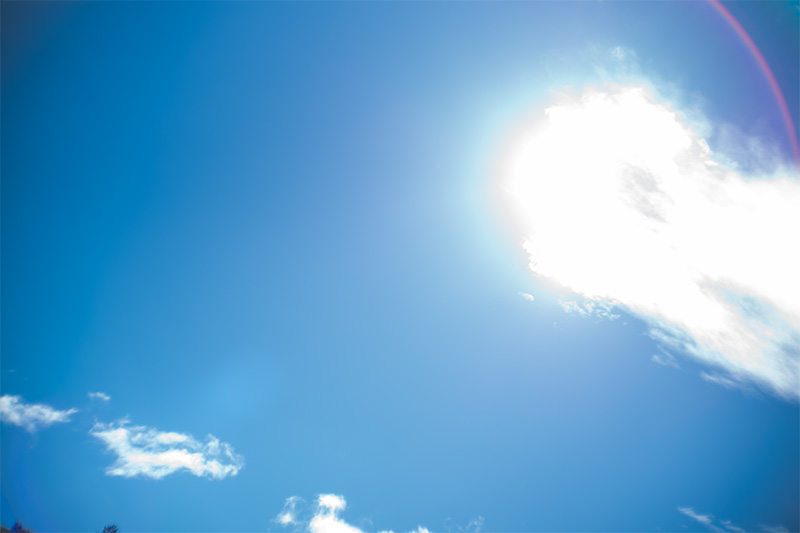


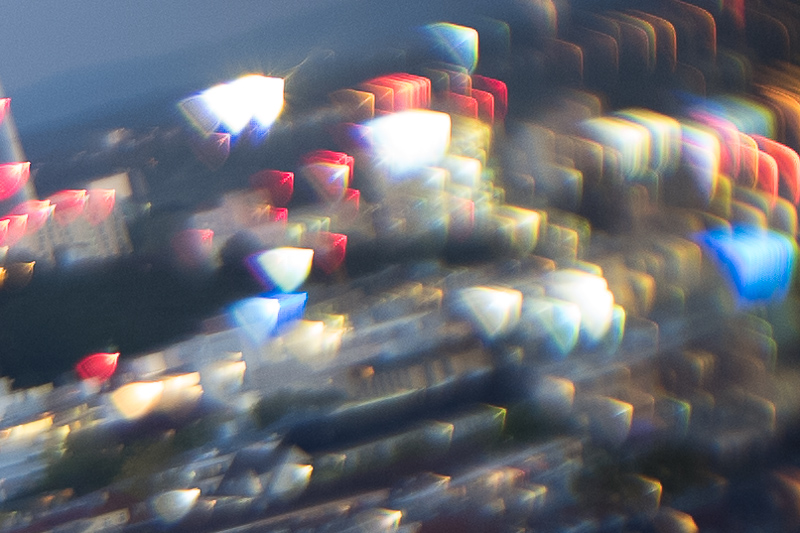


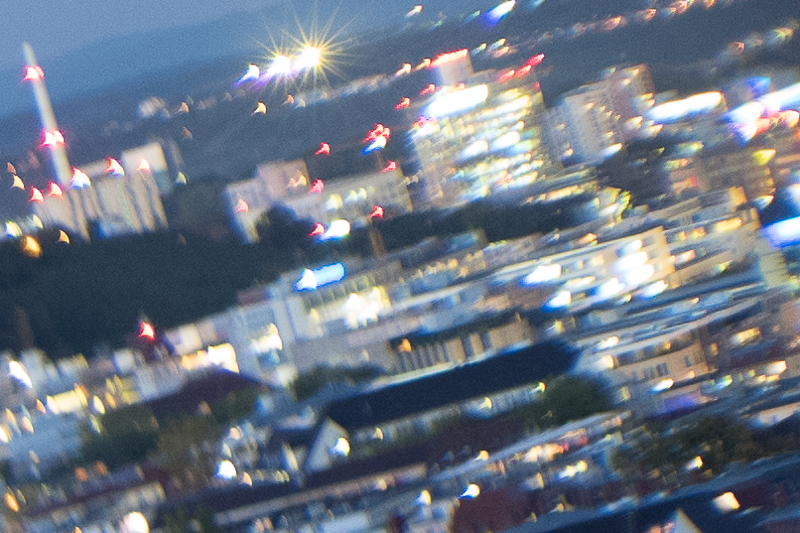
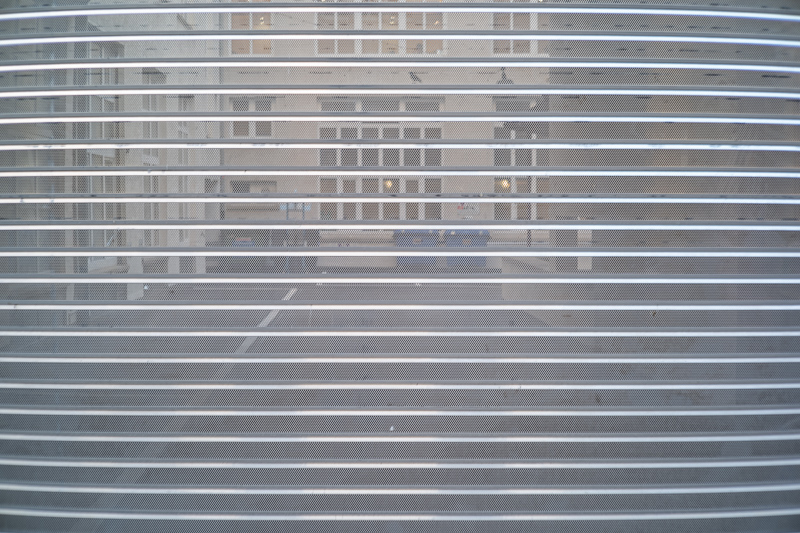

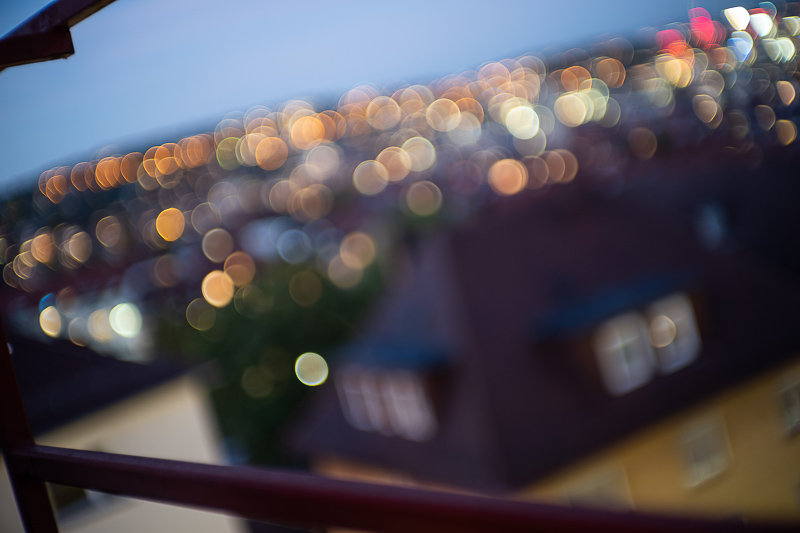

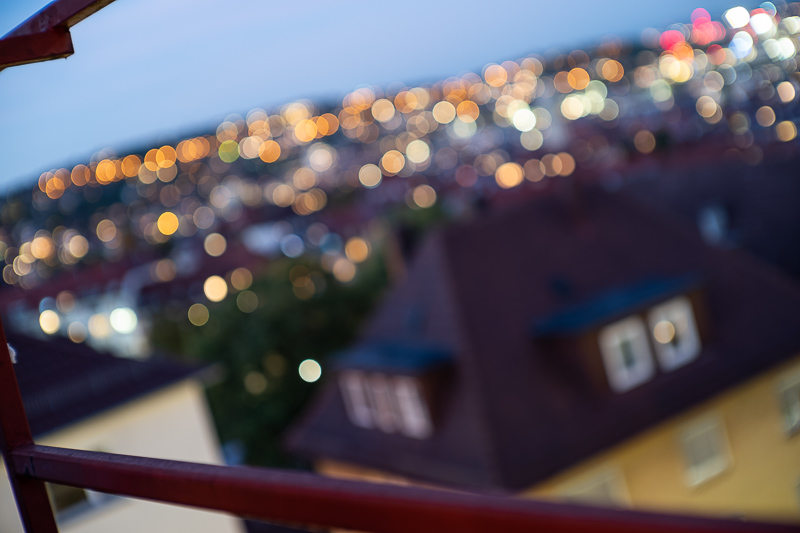
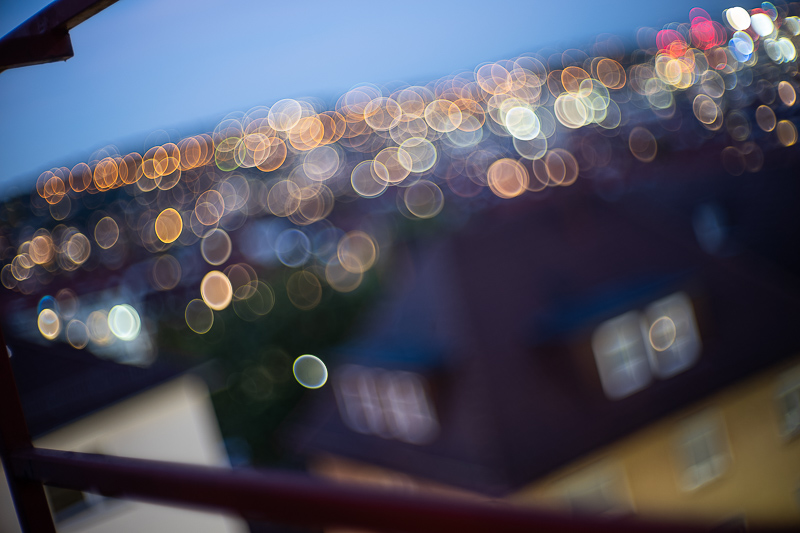
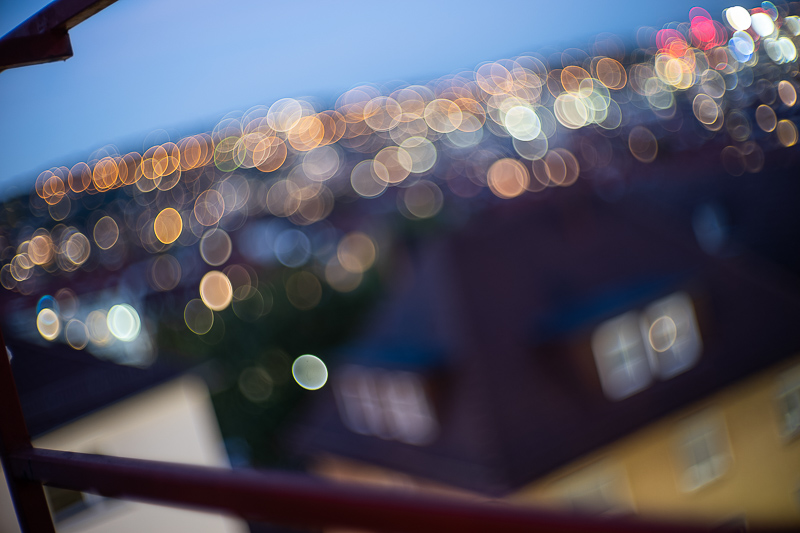
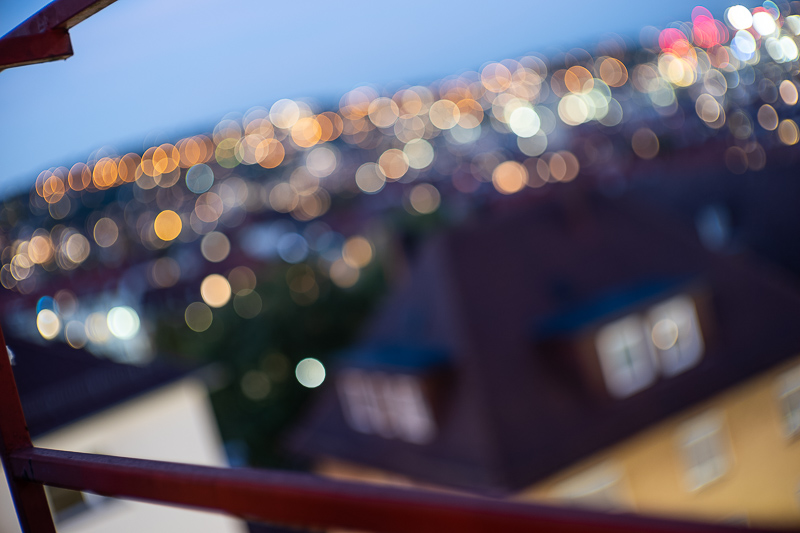



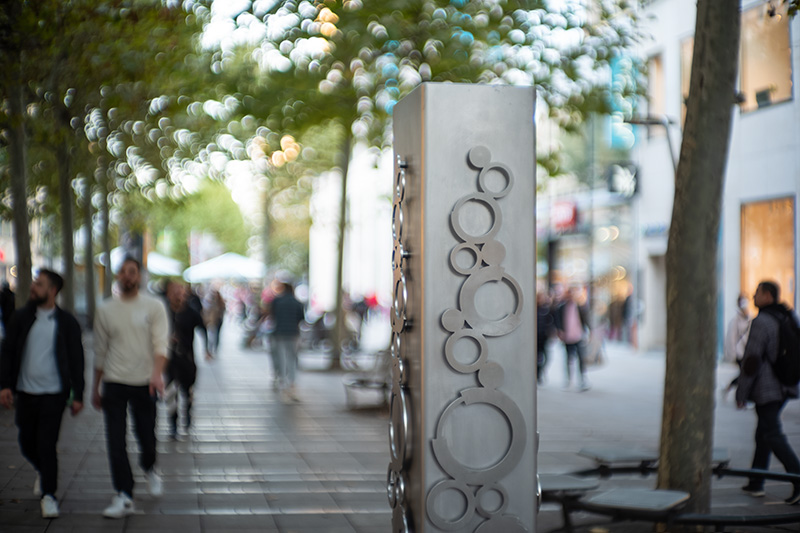
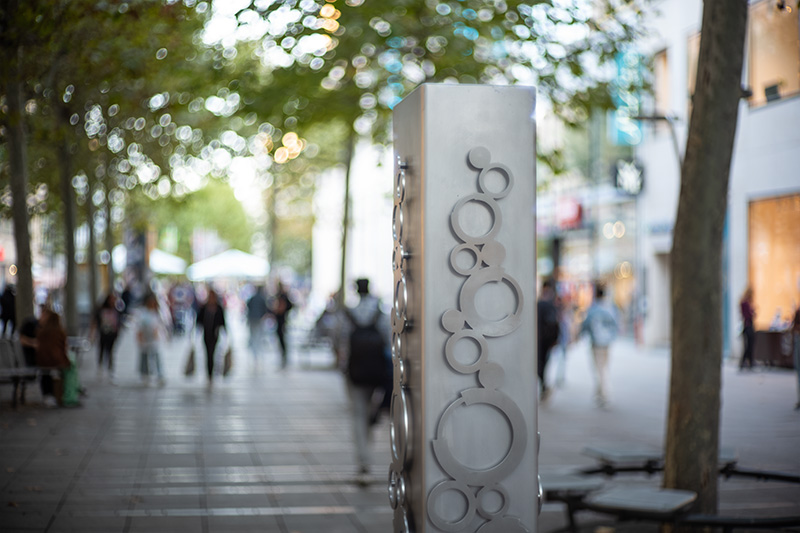
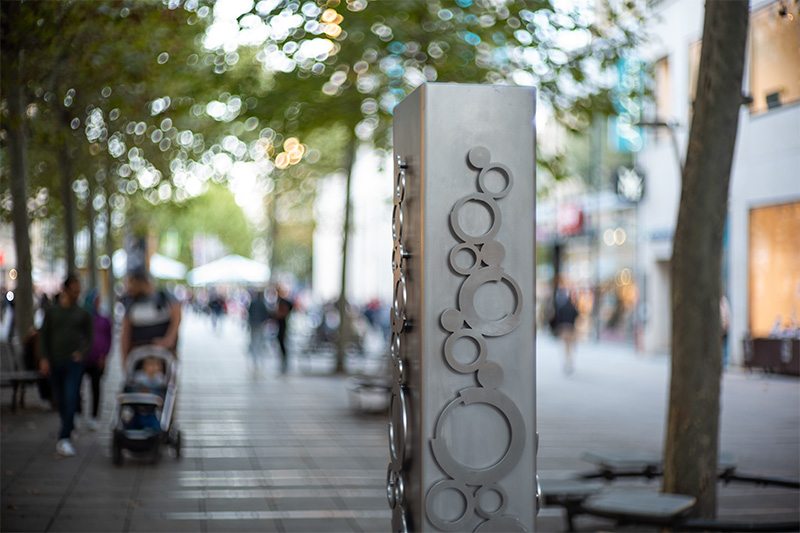
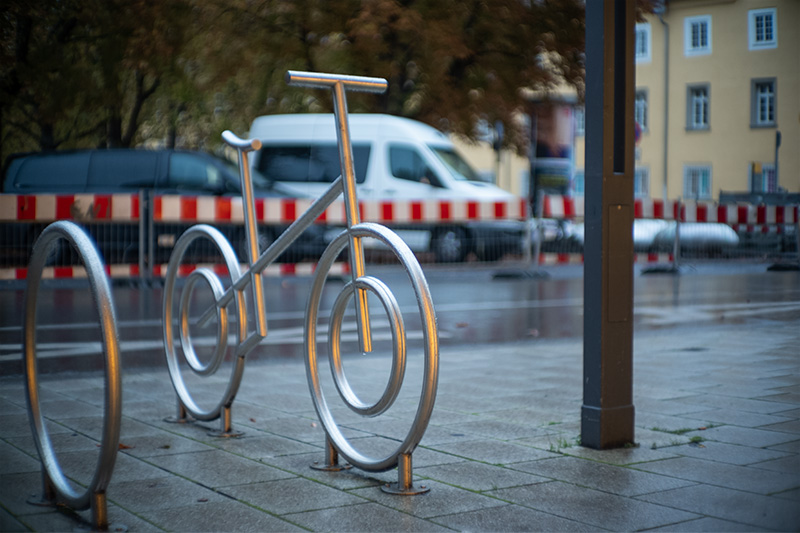
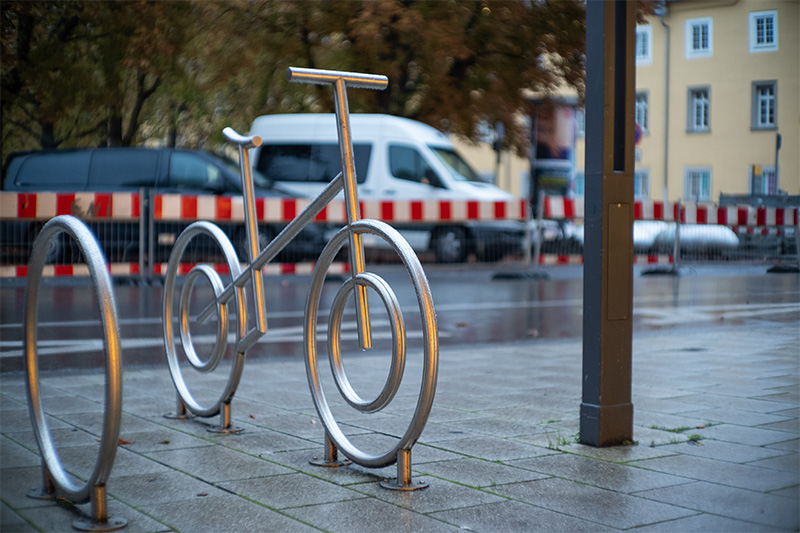
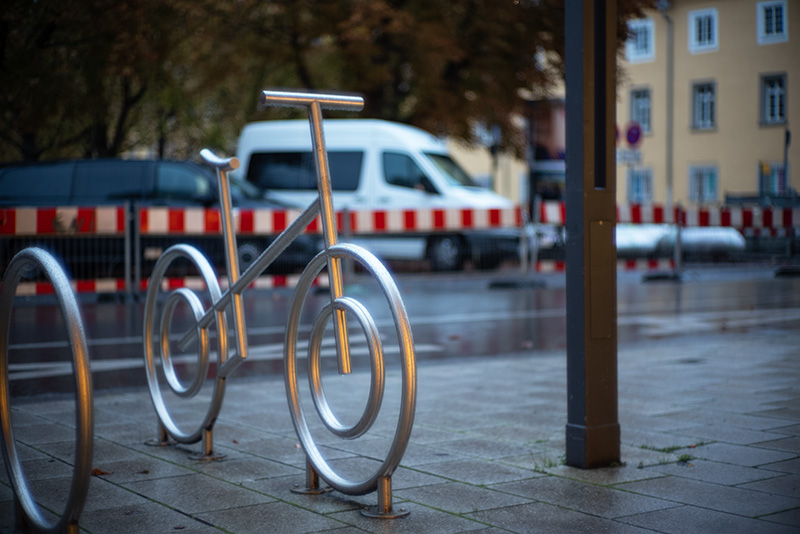
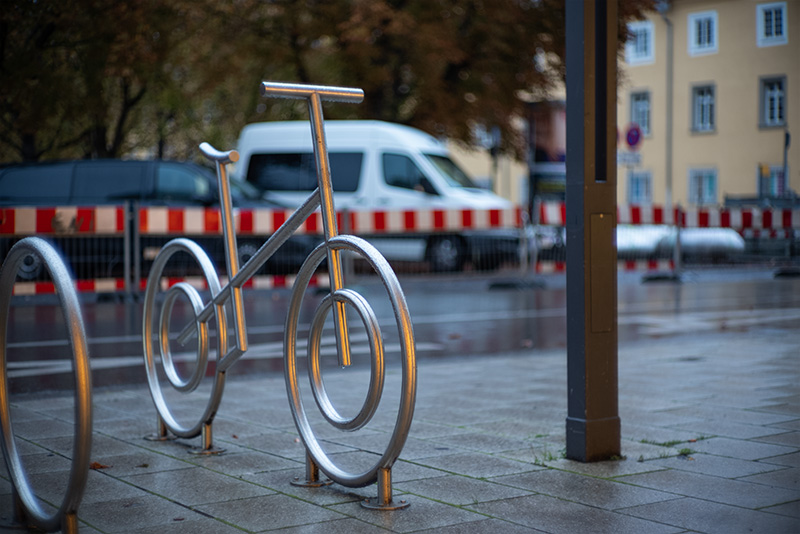
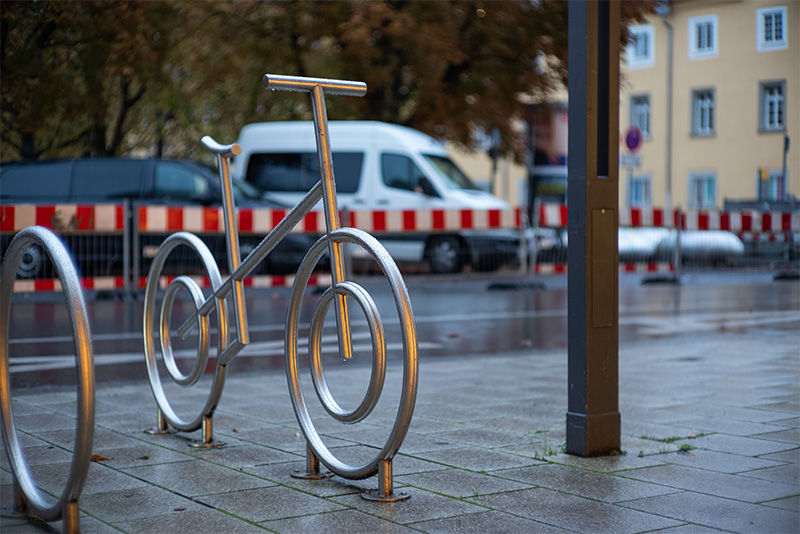


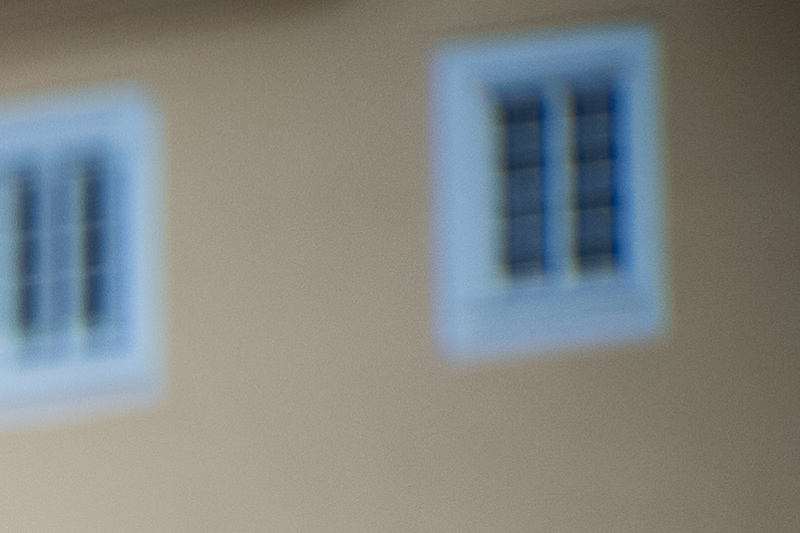
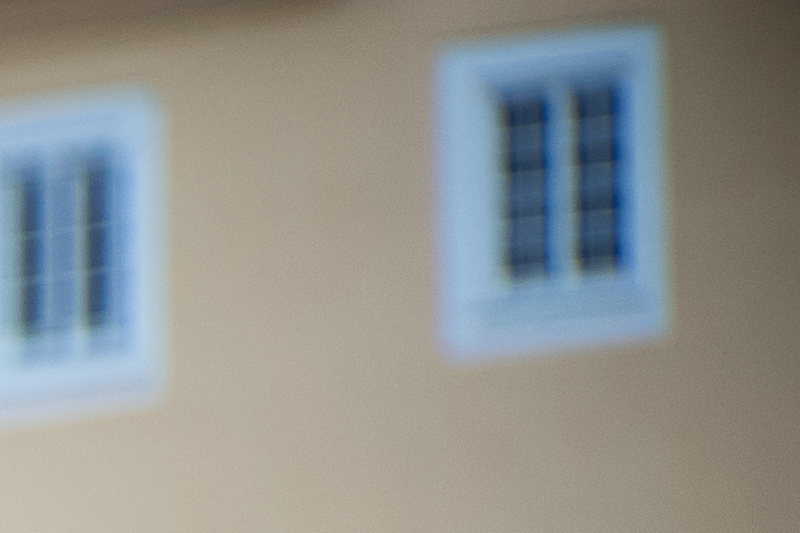
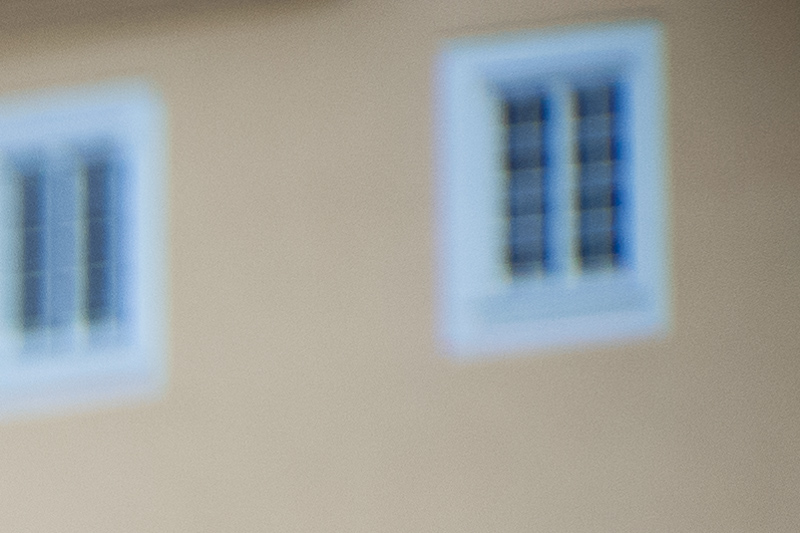


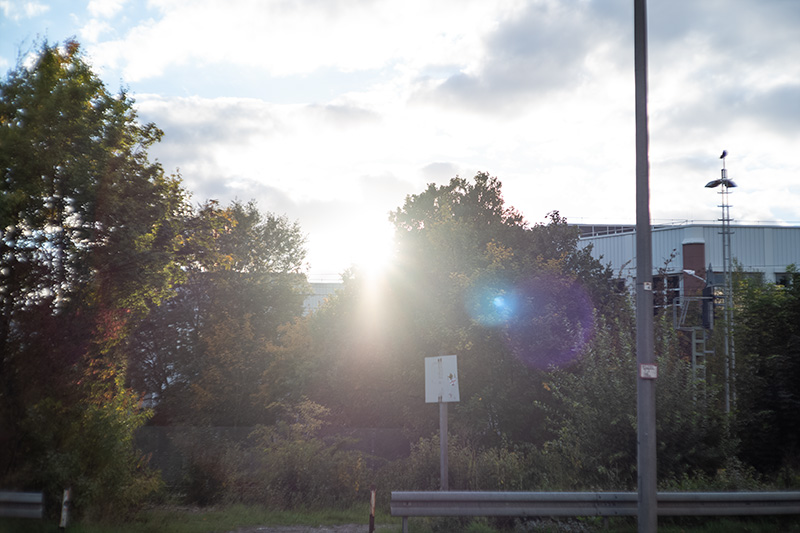
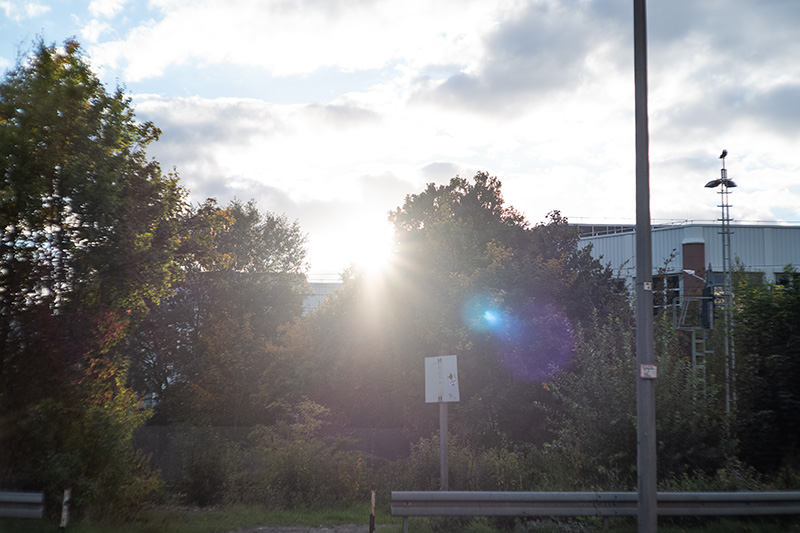
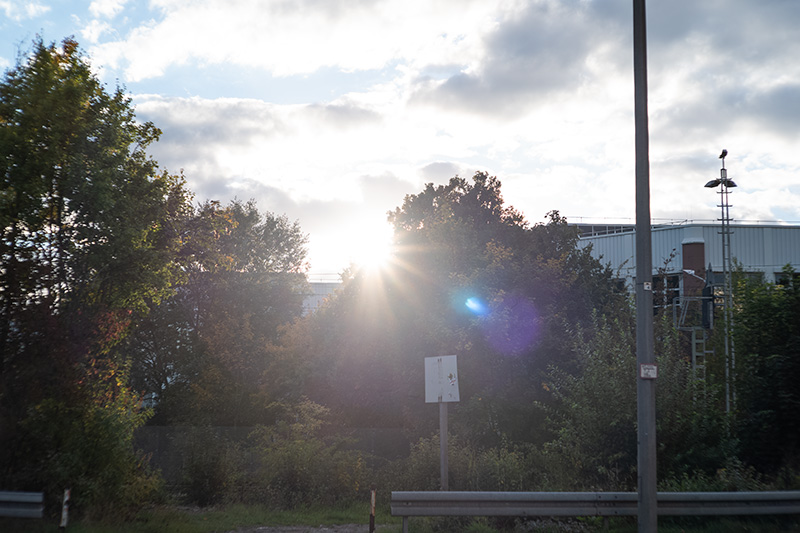
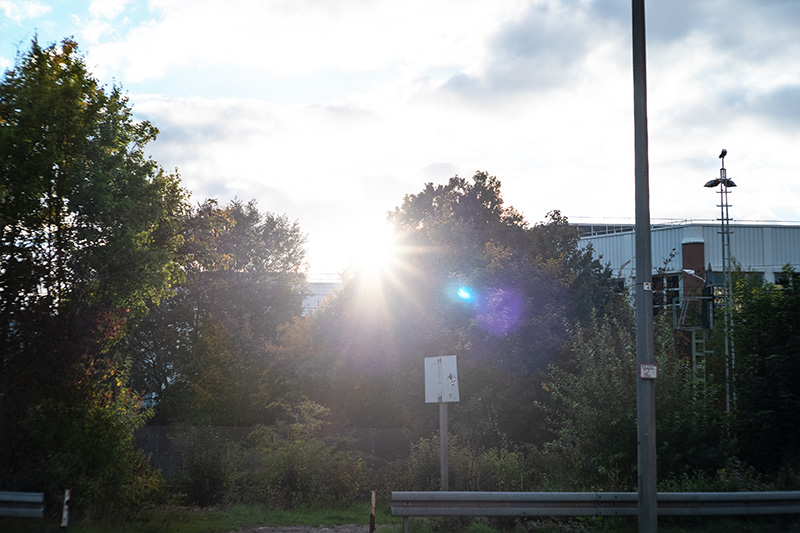
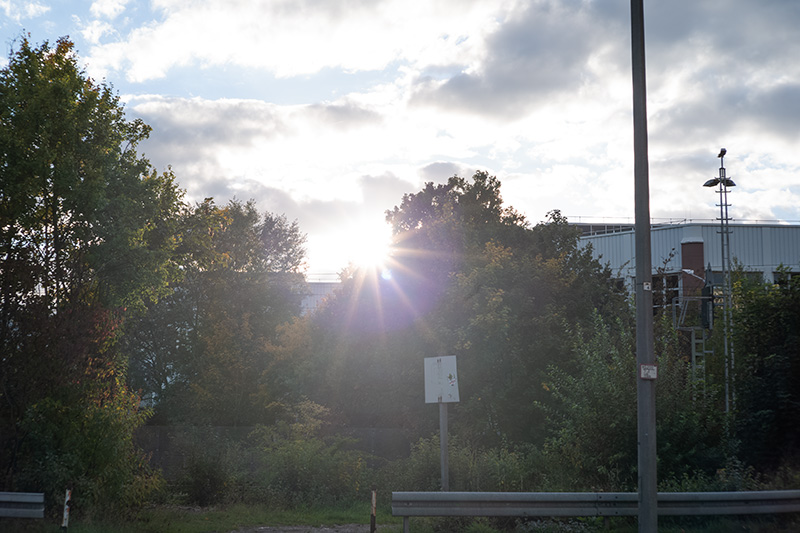
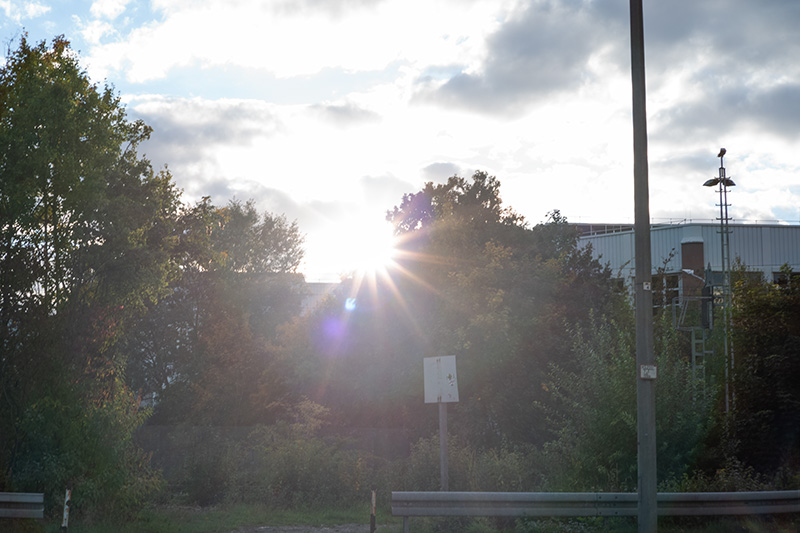
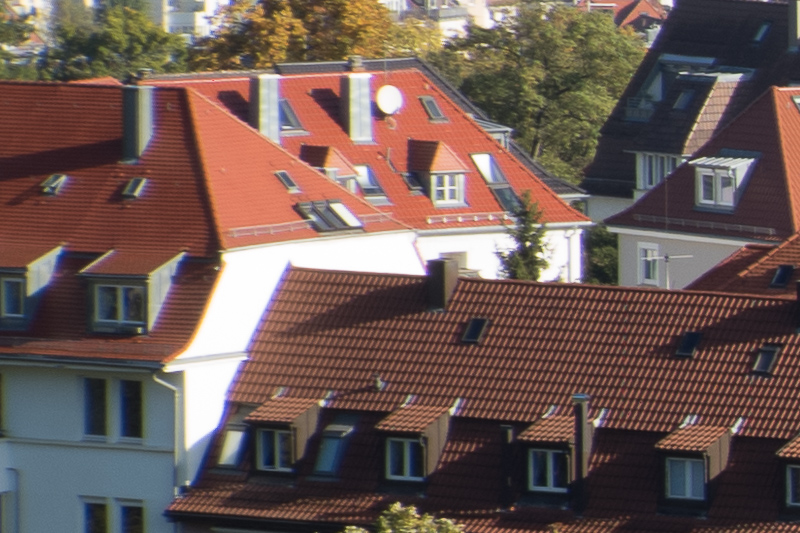


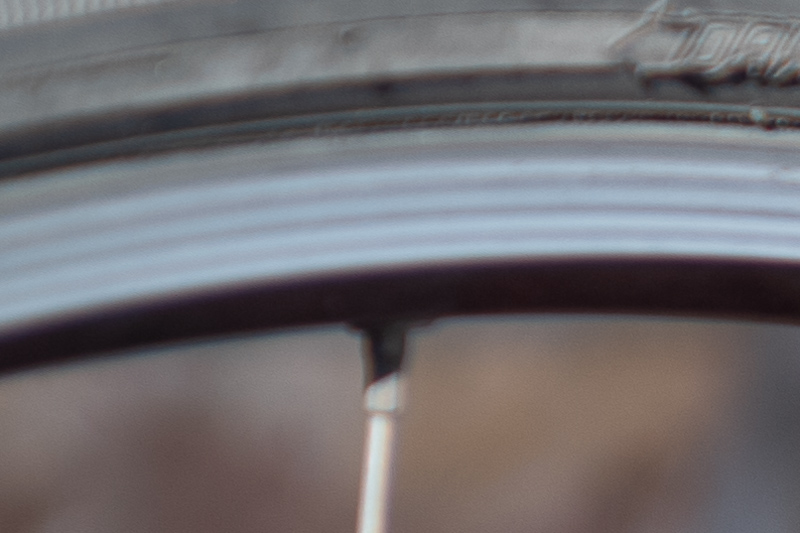
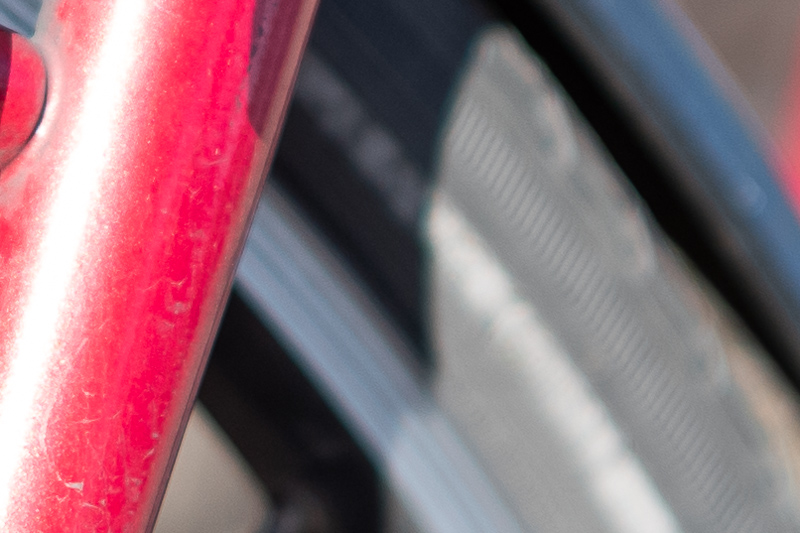
As always, thanks for reviewing these interesting lenses. I really wish we had more companies like MS Optics. However, I don’t find this lens to be a particularly satisfying option. It’s $1200 and it’s not clear that it has really anything more to offer than the most excellently engineered and miniature Olympus Zuiko 50mm 1.4 which happens to be like $80 for a good copy. Also, If I liked the 50mm focal length and had a $1k ish budget I would easily choose the Voigtlander 50mm 1.2 SE instead of this. I would have another very small, faster, cheaper, and better performing 50mm. Though I’m not sure this is a lens meant to be a competitor in the performance race. It seems more like a collectors item with lots of character ¯\_(ツ)_/¯
Thanks for another great MS-Optics lens review, Bastian!
I got this lens back in April and I’ve enjoyed it quite a bit, especially for bokeh and close range shots. I typically use the lens with my CV close focus adapter II (same as with most of my MS-Optics lenses) on my Sony A7C. This lens kicked off my 2nd phase of MS-Optics interest after a long break and I’ve expanded my MS-Optics collection quite much since then.
I feel this one has the best build quality of all MS-Optics lenses I’ve owned and used, and it feels quite good in terms of usability. I haven’t personally tried Miyazaki-san’s other Sonnar optical design based lenses so far but I think this must be a good representative of those and having this one in the collection I’m not so inclined to go after Sonnetar 50/1.1 or MS-Mode 50/1.3 etc. which are harder to get and are priced higher in the 2nd hand market now.
Overall I’ve been really pleased with this lens and I also got Xenomax 3.5/50 to cover for infinity corner-to-corner sharp type of shooting when I want that instead.
Very hard not to think of the equivalently small, high quality 50mm f2.8 Double-Gauss enlarger lenses you could get for literally ten times less than the Xenomax, unfortunately :p
Well, well, well…
one of the best enlarger lenses in the 50mm range is the Rodenstock apo Rodagon N 2,8/50mm. I compared it, side by side with the Xenomax. In short: the Xenomax is better, for shooting landscapes and architecture. The Rodagon shines in the near macro range.
Best regards,
Christian
Ten times better though?
I don’t want to shift the goalposts here – doing some double-checking and people report even the best 50mm enlarger lenses end up with lesser corner performance (https://deltalenses.com/index.php/2022/05/27/50mm-heroes/), but only up against such a massive reputation up close.
Really the performance at f/4 here for your lens looks pretty good to my eyes: https://www.dpreview.com/forums/thread/4420385?page=3#forum-post-66045404
If you go a little longer in focal length (not always possible) then the performance on GFX really is very good from wide open- see this folder of extensive tests
https://drive.google.com/drive/folders/1mIInzlyRvnMKS-MLOEdVjwX5gkNY3Xqn
Of course this discussion based on finding a lens as small as the Xenomax, which with the amount of thinking $1,100 otherwise offers you I am not sure about.
Xenomax was 99000 yen when I bought it in Tokyo as new (about $700 in today’s conversion rates). I think it’s priced a little lower than that at MKDirect as well. Of course there are some additional costs when importing though.
Sure there are cheaper options but I think it has a lot of nice qualities in a small and very light package.
fair enough- and yeah, $700 good bit less.
Now if only he made a 75mm f3.5, similarly small. I would be first in line 🙂
Thank you Bastian for your great effort to support this blog with so many interesting reviews. Apart from this special MS-optics-reviews, do you see a chance to test Philipps Sigma 35 f2 (i-series)?
Rather unlikely at this point as there are already many reviews of this lens available and I don’t have personal interest in it.
As usual a well written review.
Like other readers of the site, I’m beginning to wonder when will you review more mainstream lenses that are interesting for the majority of Sony users?
A third MS Optics 50mm lens with a 1.X aperture and almost no sharpness outside of the middle, is probably of little interest to the majority of Sony E-Mount users
First: you can always cancel your super expensive monthly membership fee if you don’t like the reviews here 🙂
Second: I have always been reviewing lenses I find personally interesting and that other people don’t review.
Why should I review a lens like the Sigma 2/35? There are already hundreds of reviews out there.
Third: unless other reviewers I am not getting paid to write reviews (I also find paid reviews pathetic, but that is a different story) and we are not “sponsored” by a big online retailer either (unlike dpreview or lenstip).
I write these reviews in my free time. And I don’t want to spend my free time reviewing lenses like the Tamron 70-180mm 2.8 anymore that might be “interesting for a majority of Sony users” but annoy me every time I have to use them, because they chimped out on buttons that would be badly needed because the AF doesn’t work at close distances at all.
Fourth: this year I reviewed so far: 10 M-mount lenses, 12 E-mount lenses + 2 E-mount adapters + 1 other lens and you got 2 more E-mount lens reviews written by my colleagues.
Also, I have been trying to extend the team over the past years to cover more lenses. So far that didn’t work overly well, probably because of: see the third point again.
Sorry, I really didn’t mean to offend you.
I appreciate you do all of this unpaid in your spare time. I value the work you do. I’ve bought a number of Voigtländer and Laowa lens largely based on positive feedback here.
I just can’t for the life of me get even the tiniest bit excited about any of the MS Optics, TTArtisan or Brightin Star lenses. Obviously they interest you a great deal. To be honest I‘d have to be paid before I‘d take a look at such lenses. But I guess everyone has different interests.
I didn’t mean to be critical, it was just a suggestion that the occasional review of other manufacturers might be appreciated and provide more of a balanced portfolio of reviews. I think the last Sony lens reviewed here was almost 18 months.
Keep up the good work.
Thank you very much for your review. The sonnetar seems to be an very interesting lens being so compact and having f1.3 aperture. It certainly draws more of my attention compared to other current production 50s from other brand, especially the unique bokeh. I placed my order from Japan and really looking forward to shot with it. I will see how it renders compared with my Voigtlander Nokton f1.5 II and f1.2.
Hope you will enjoy it!